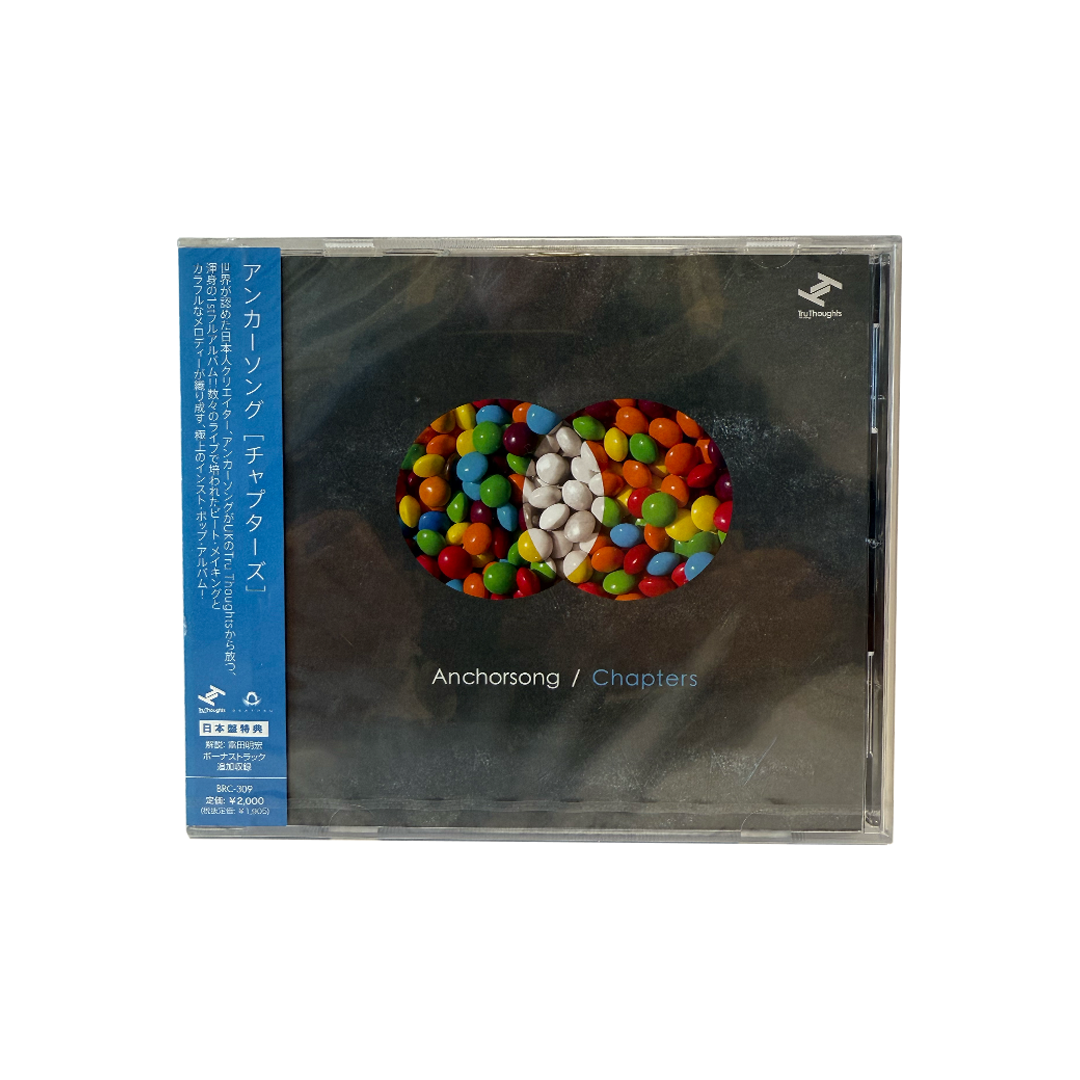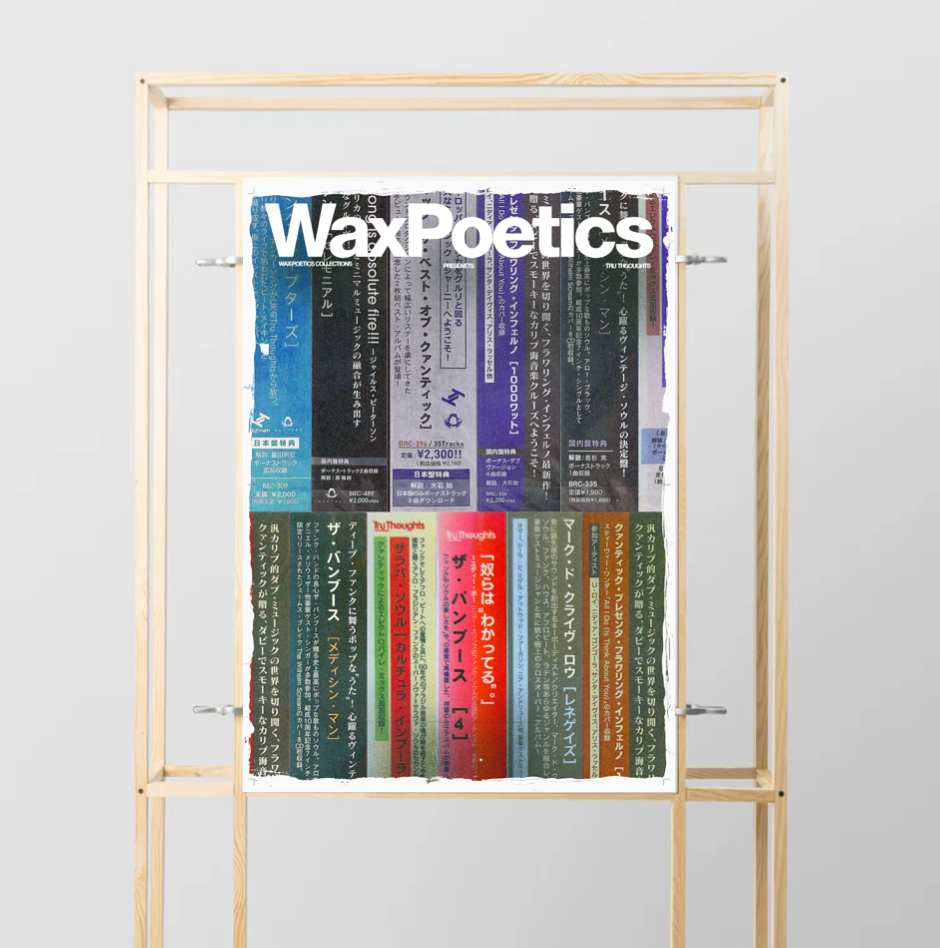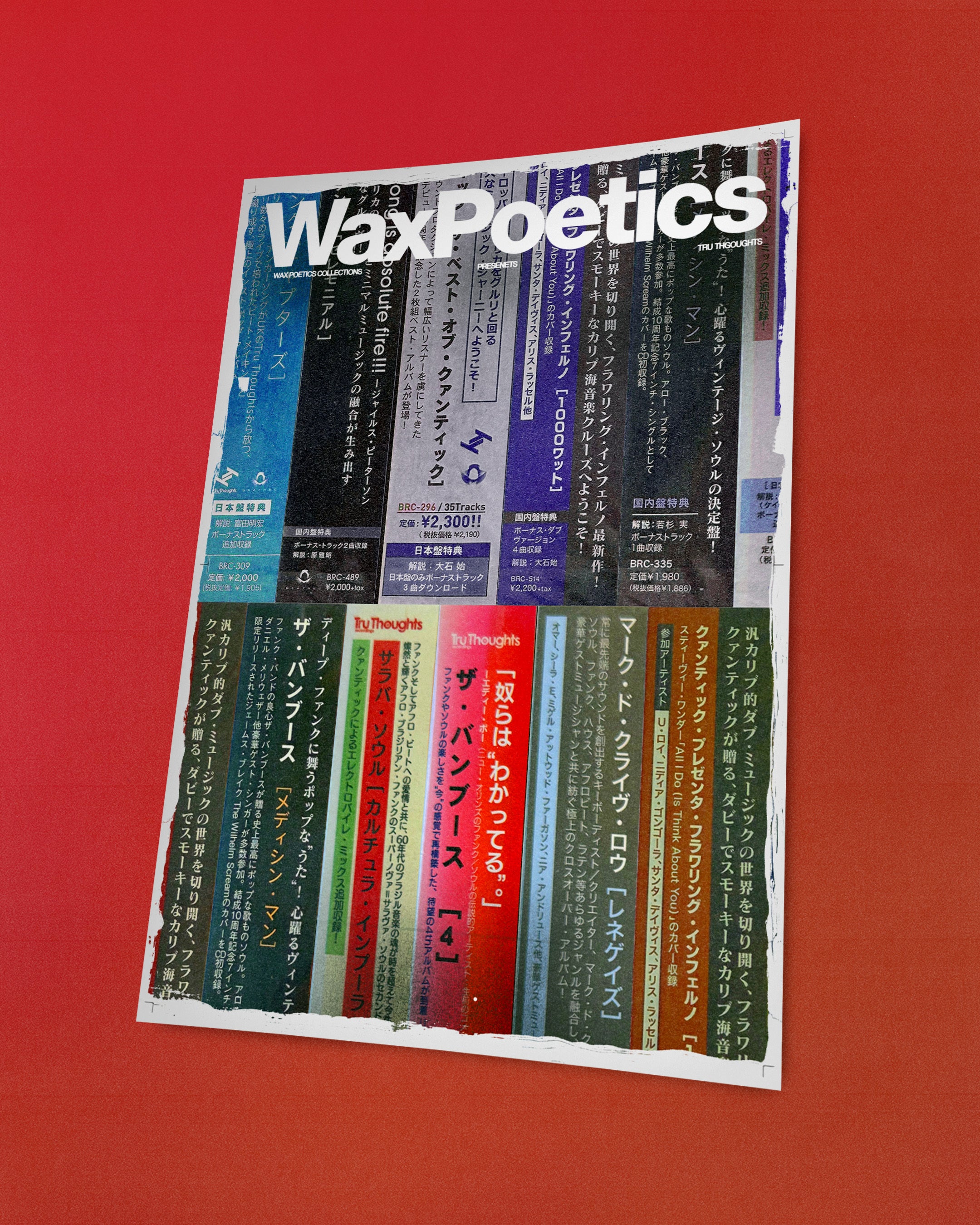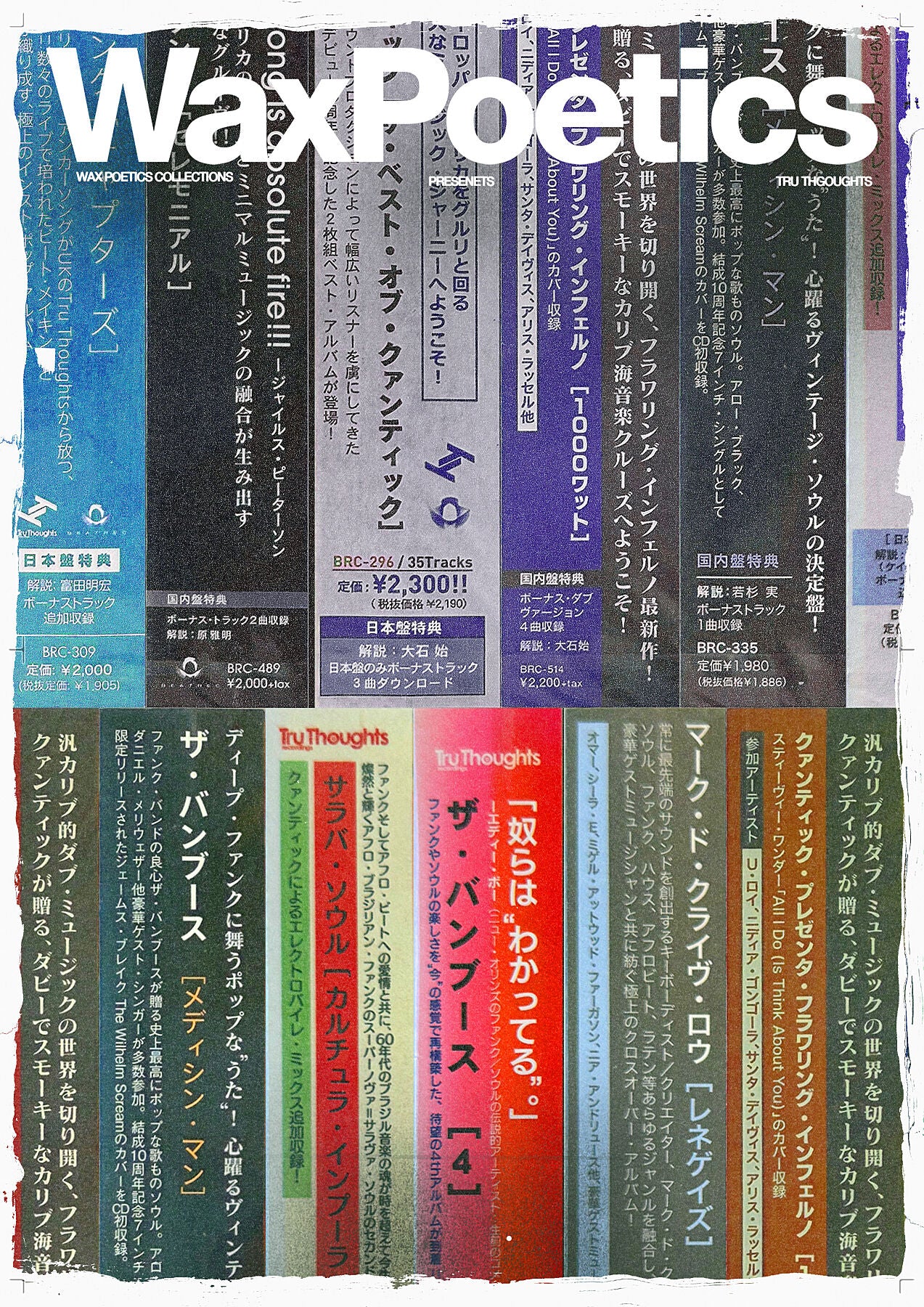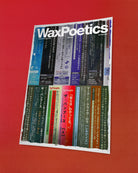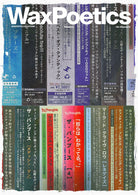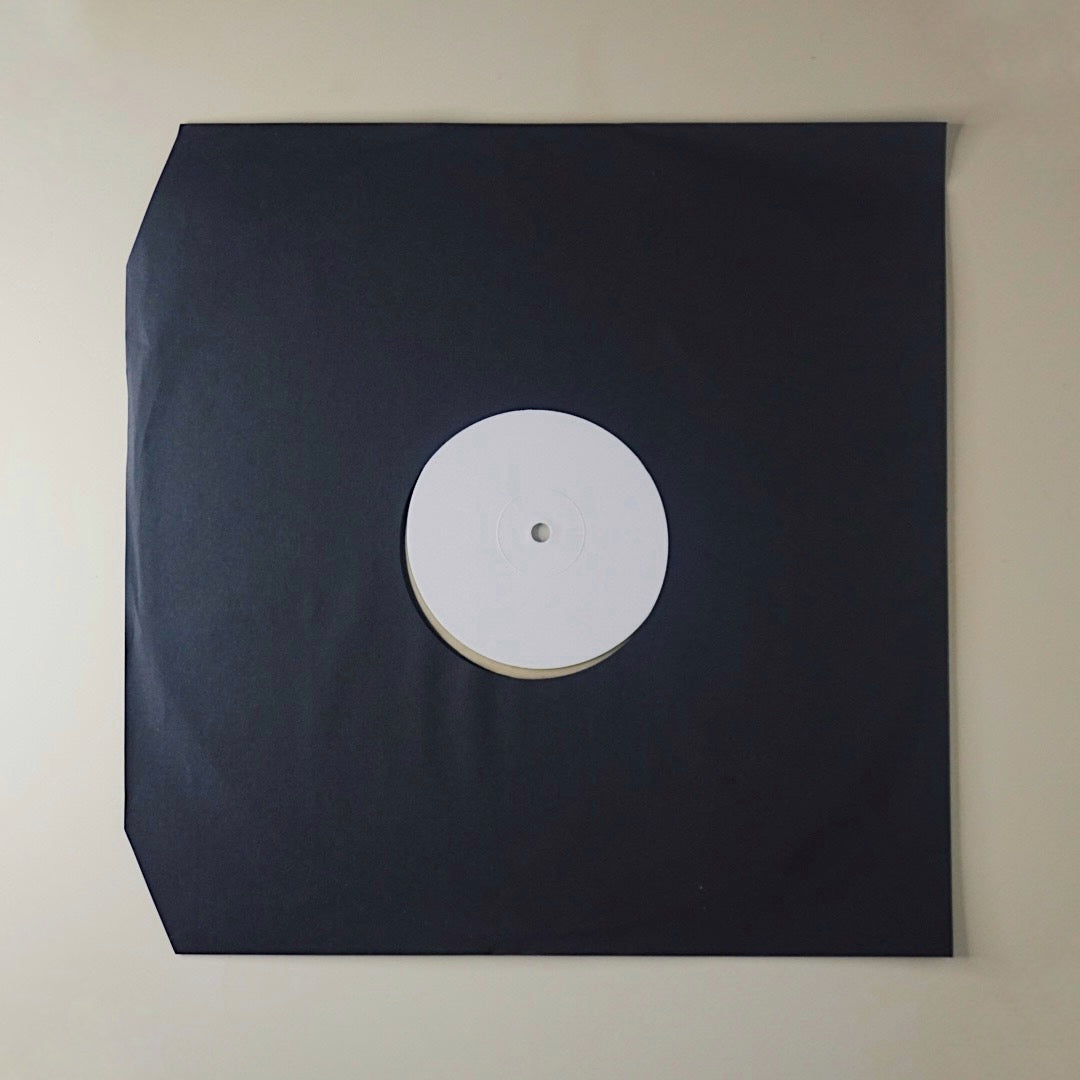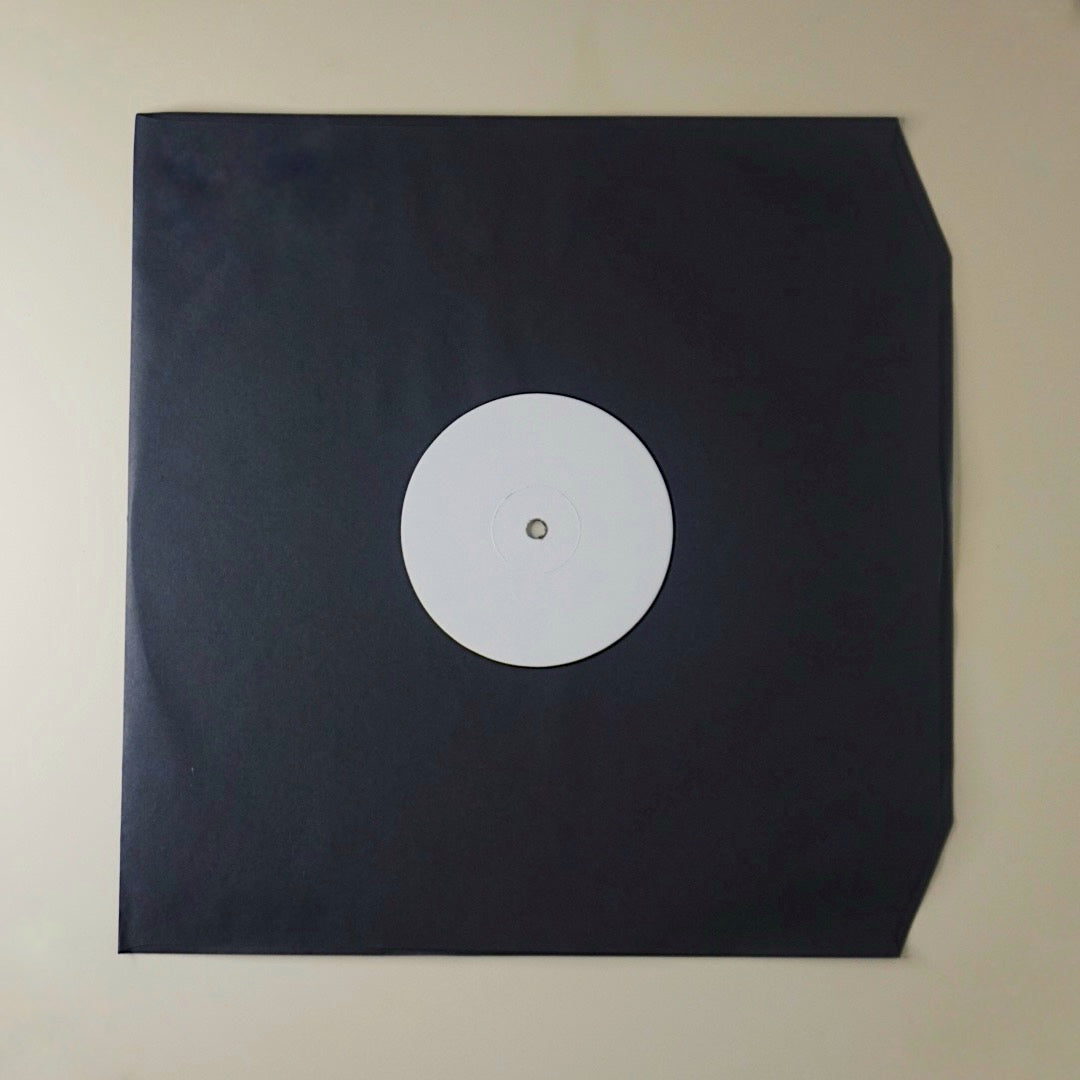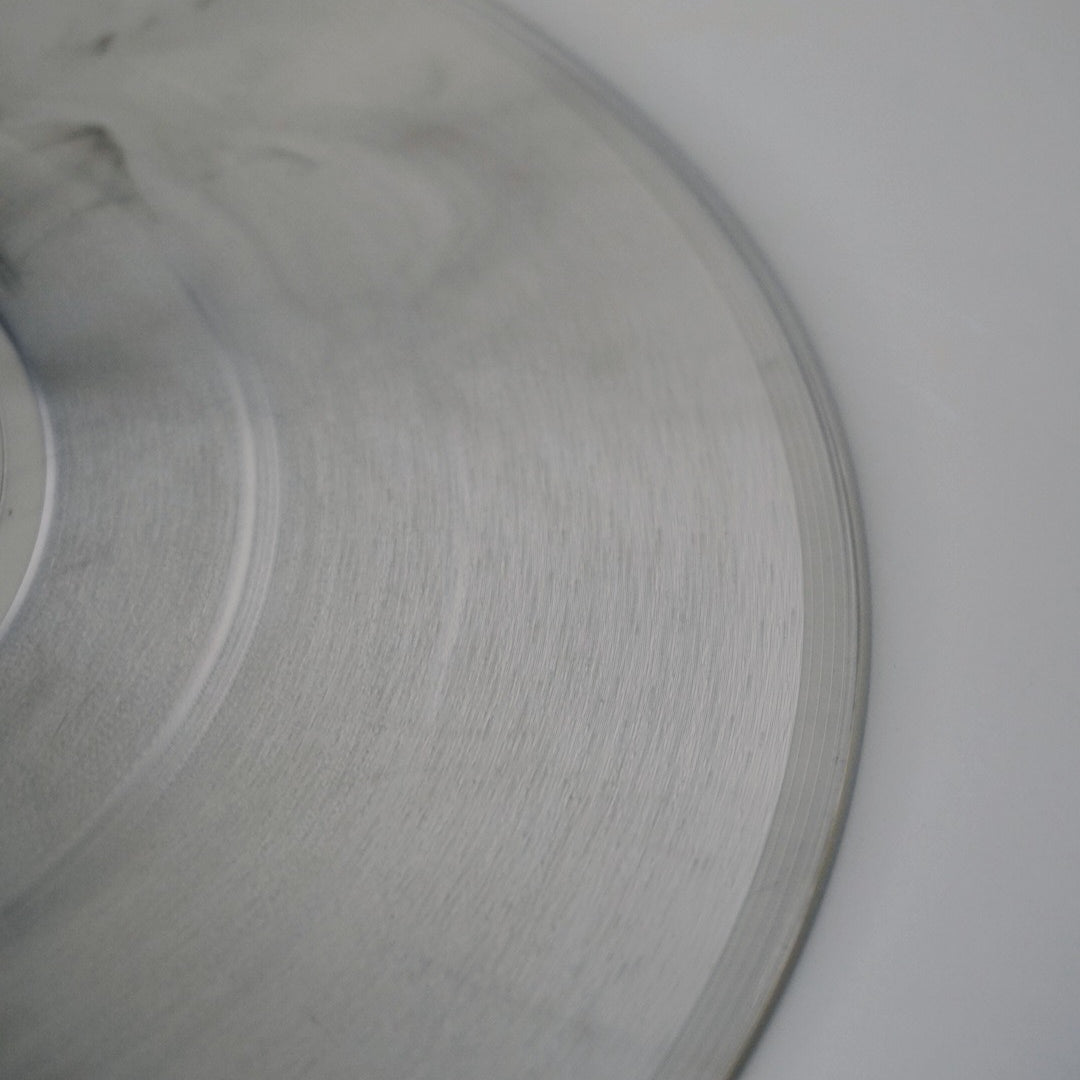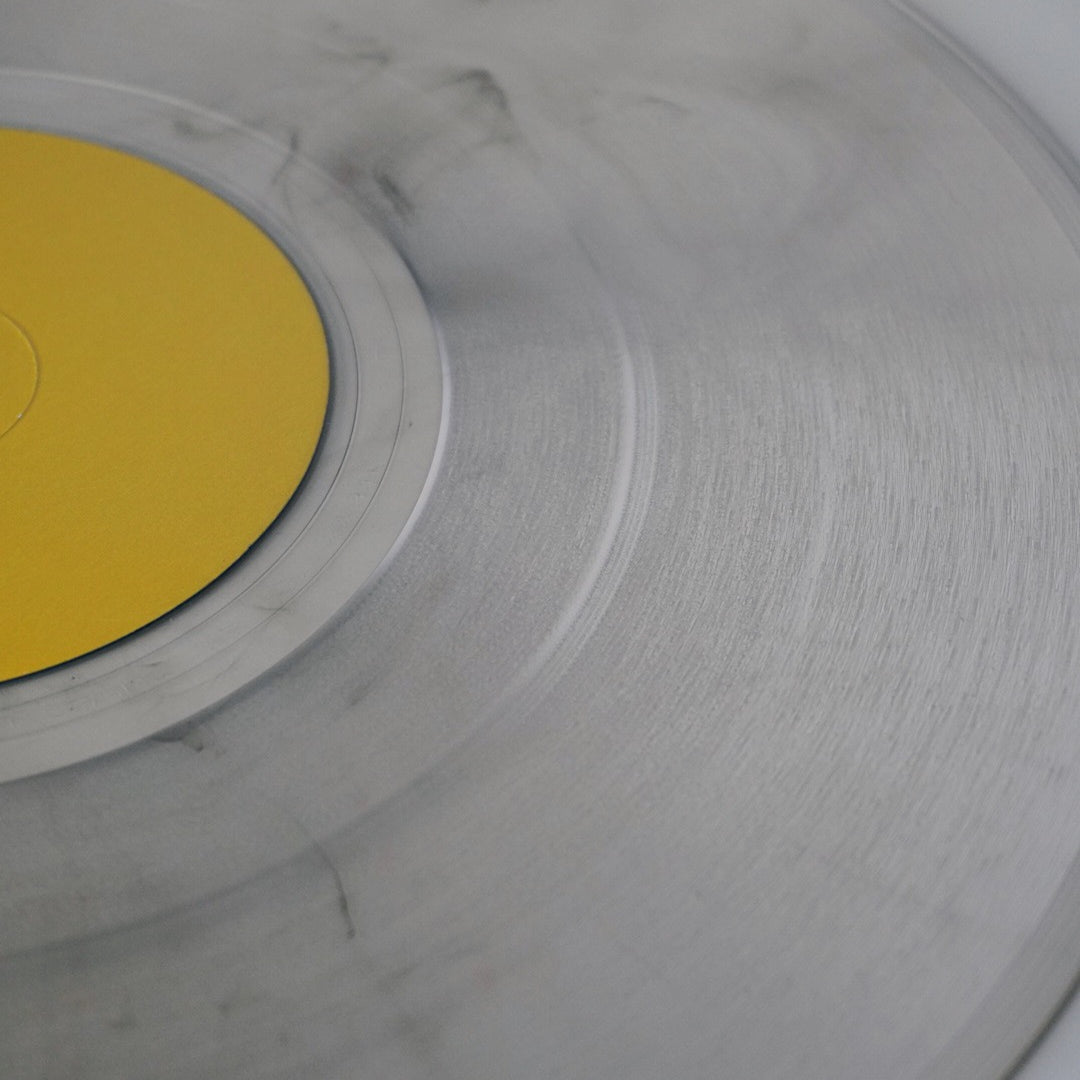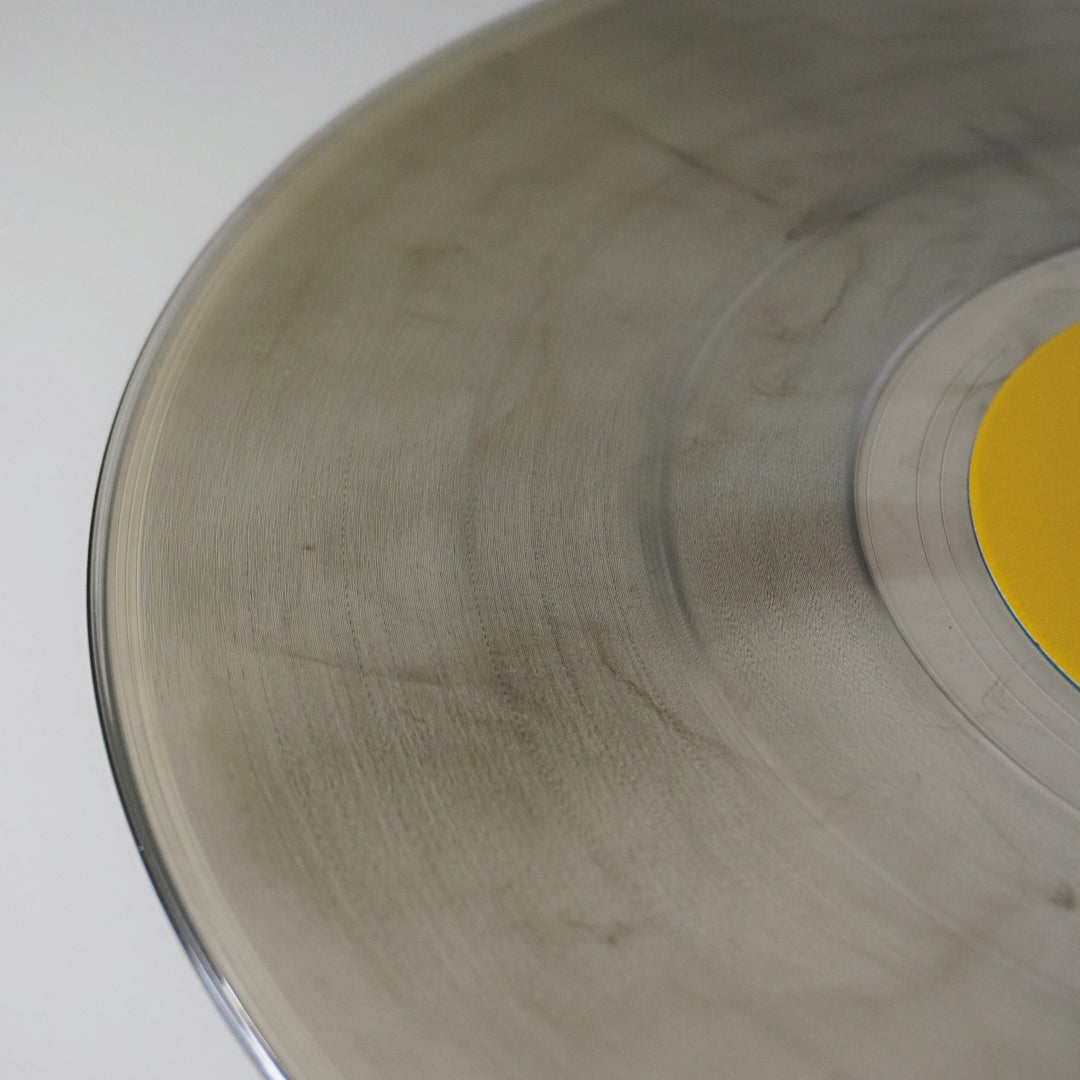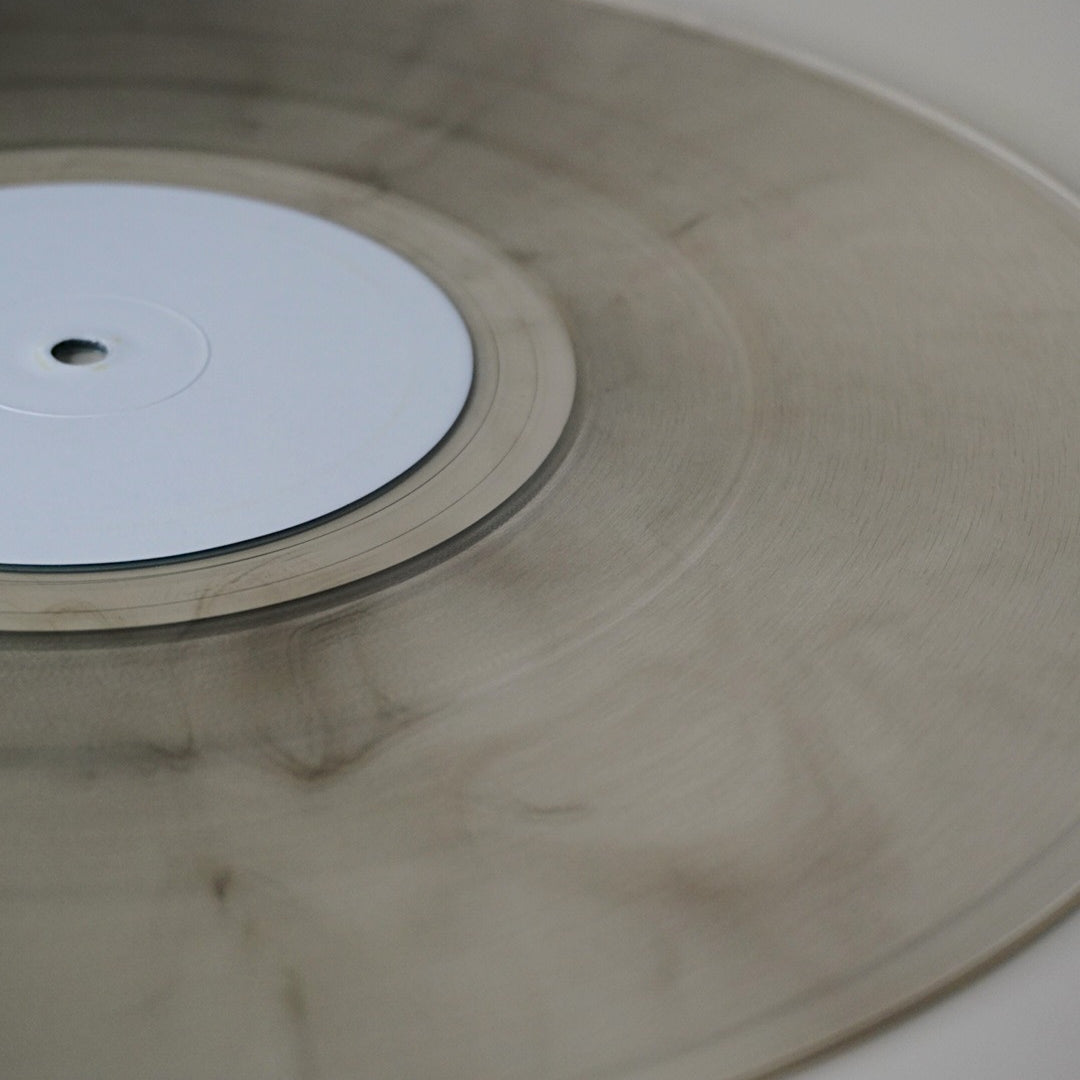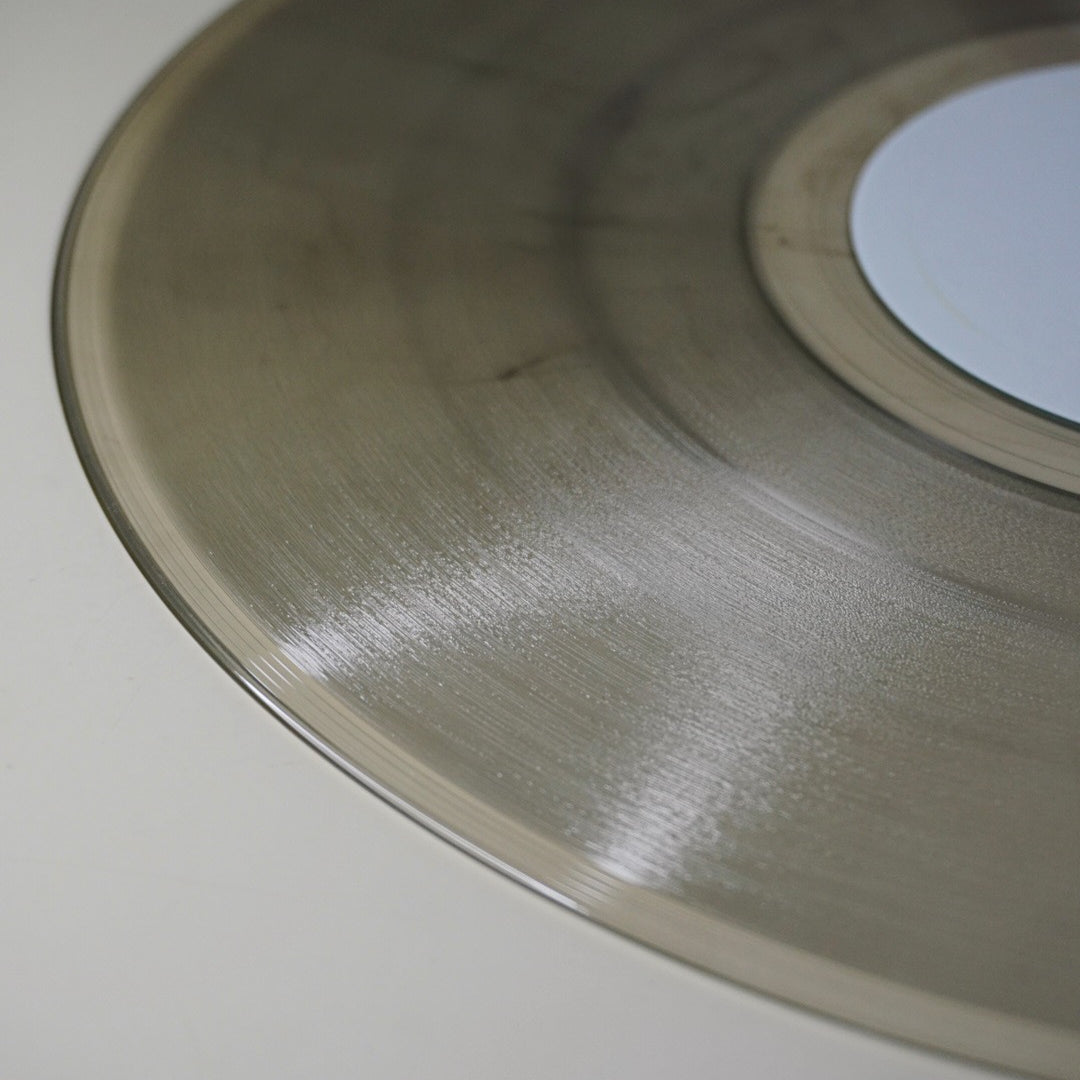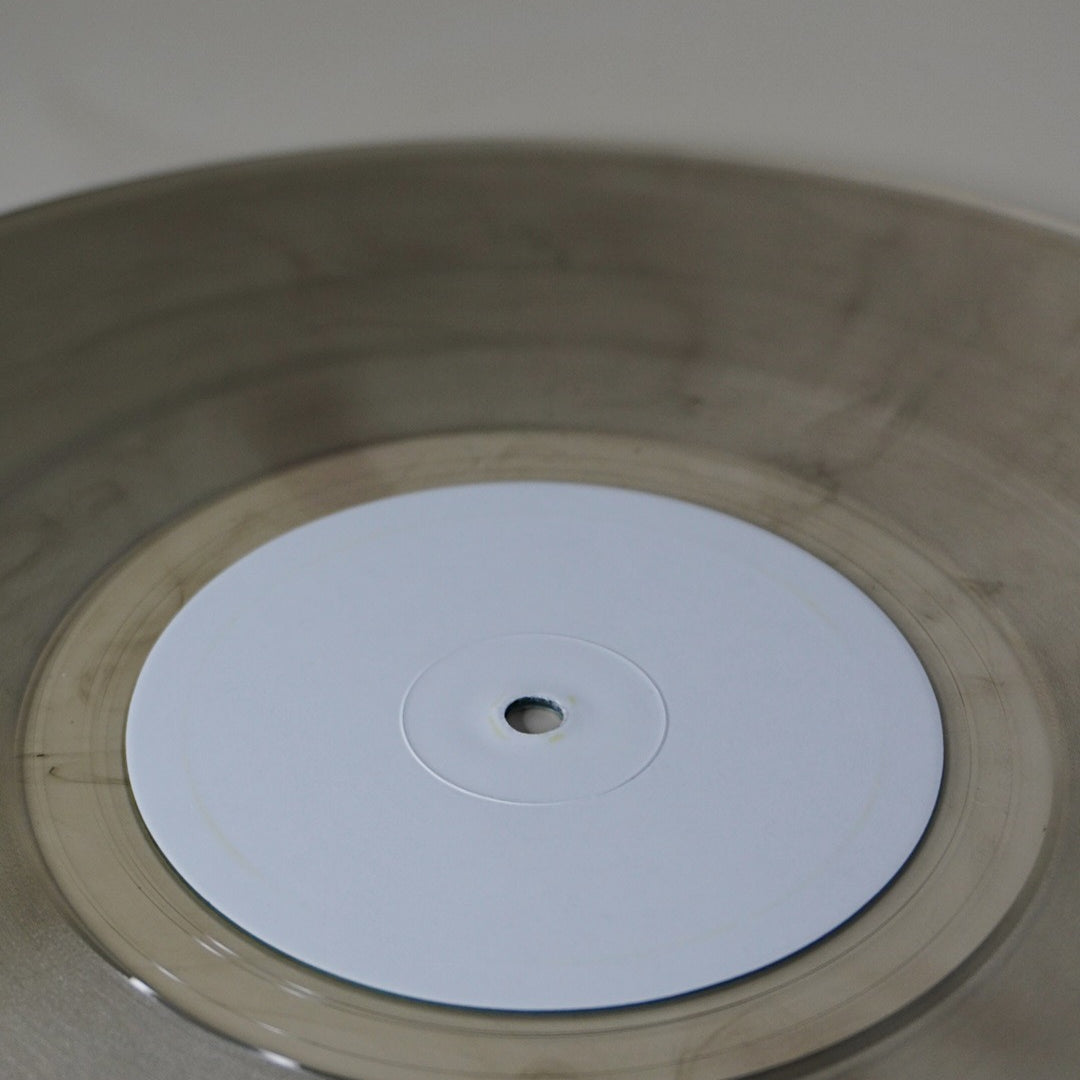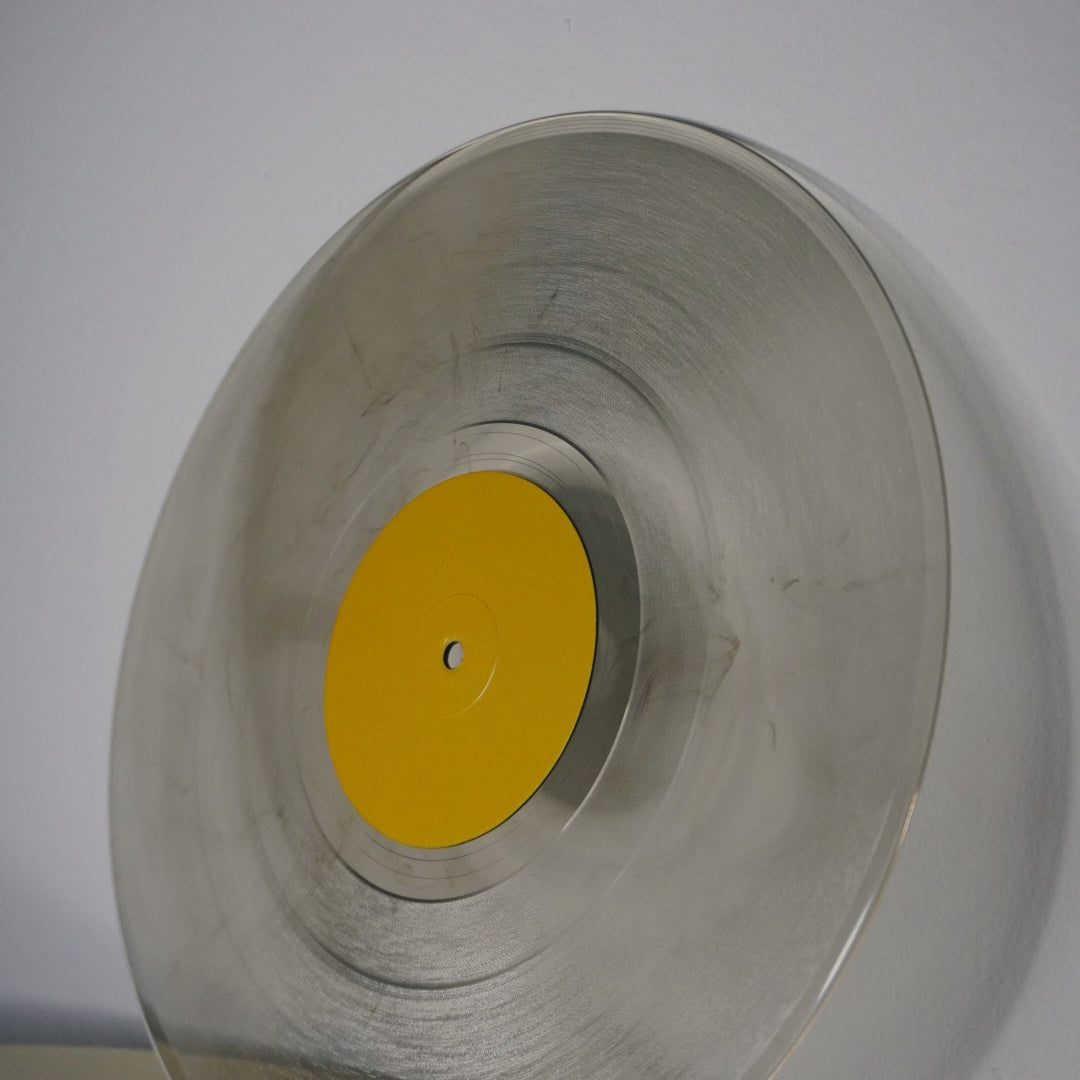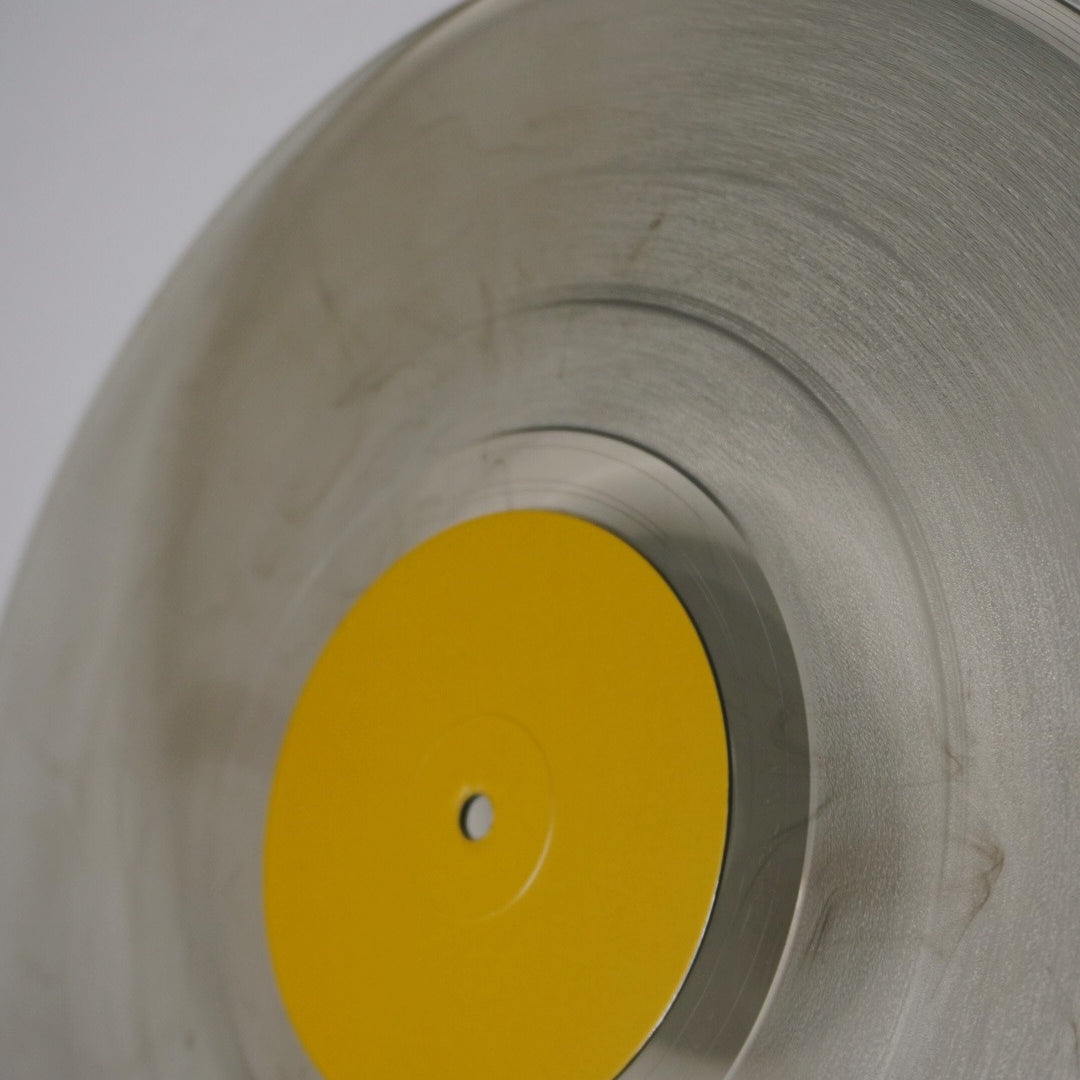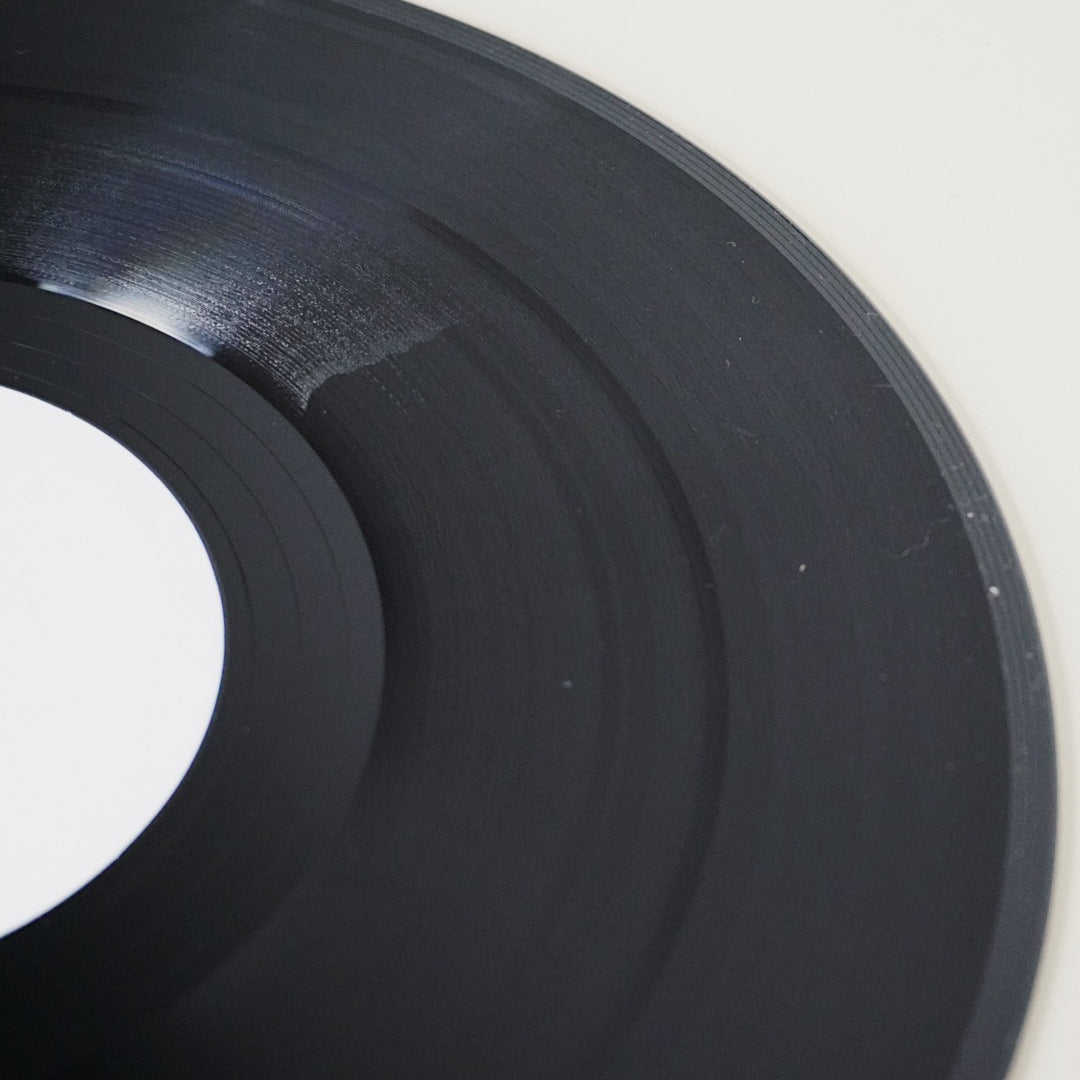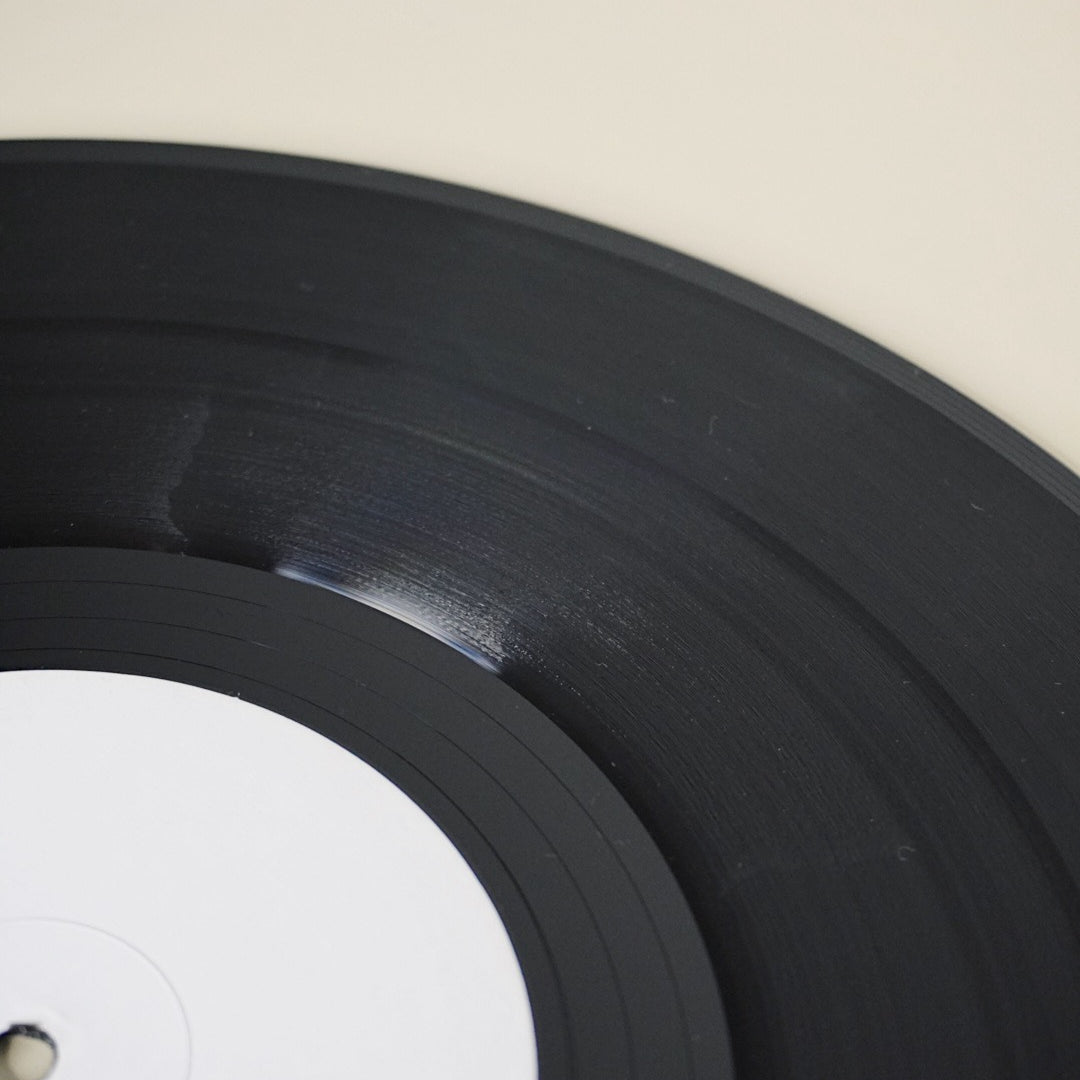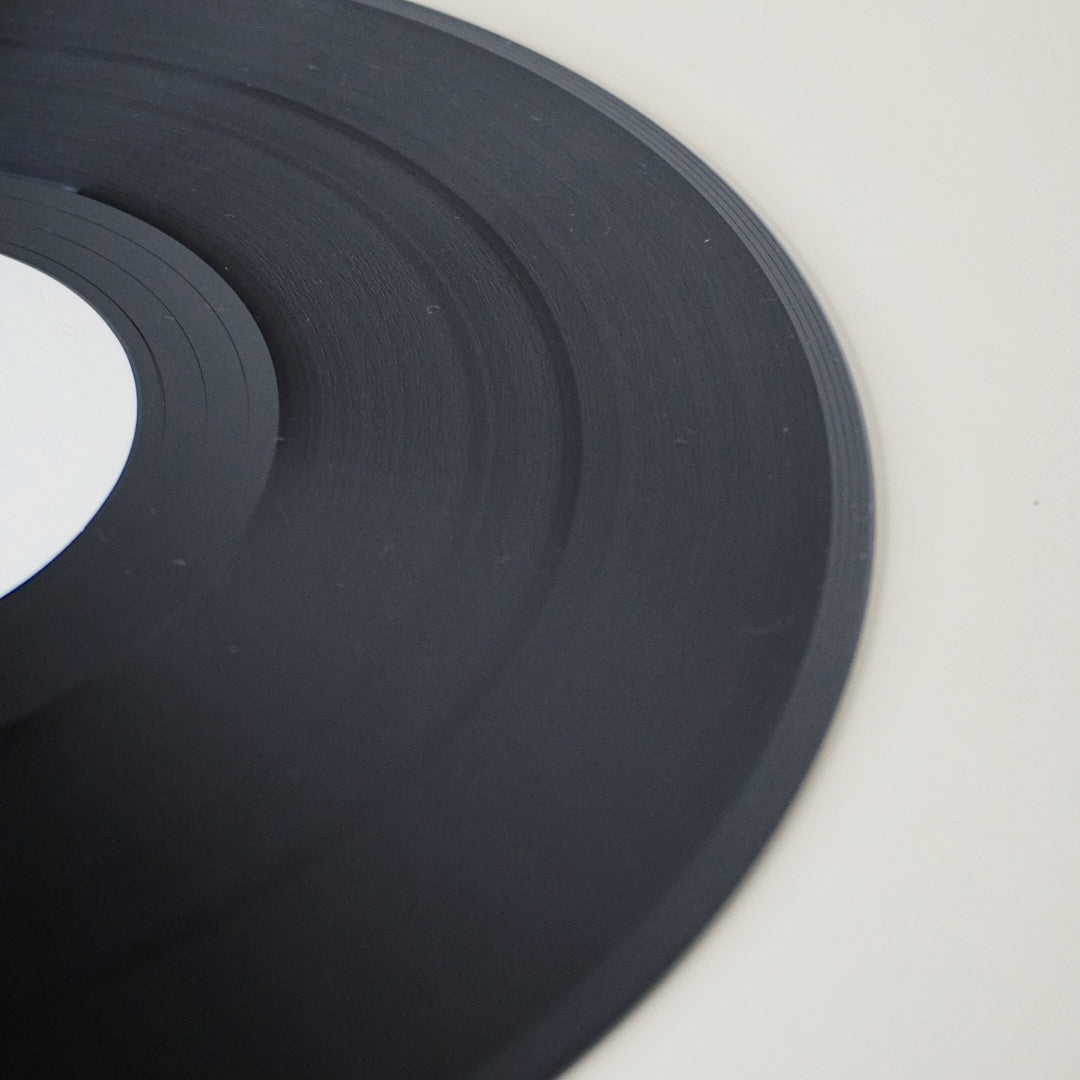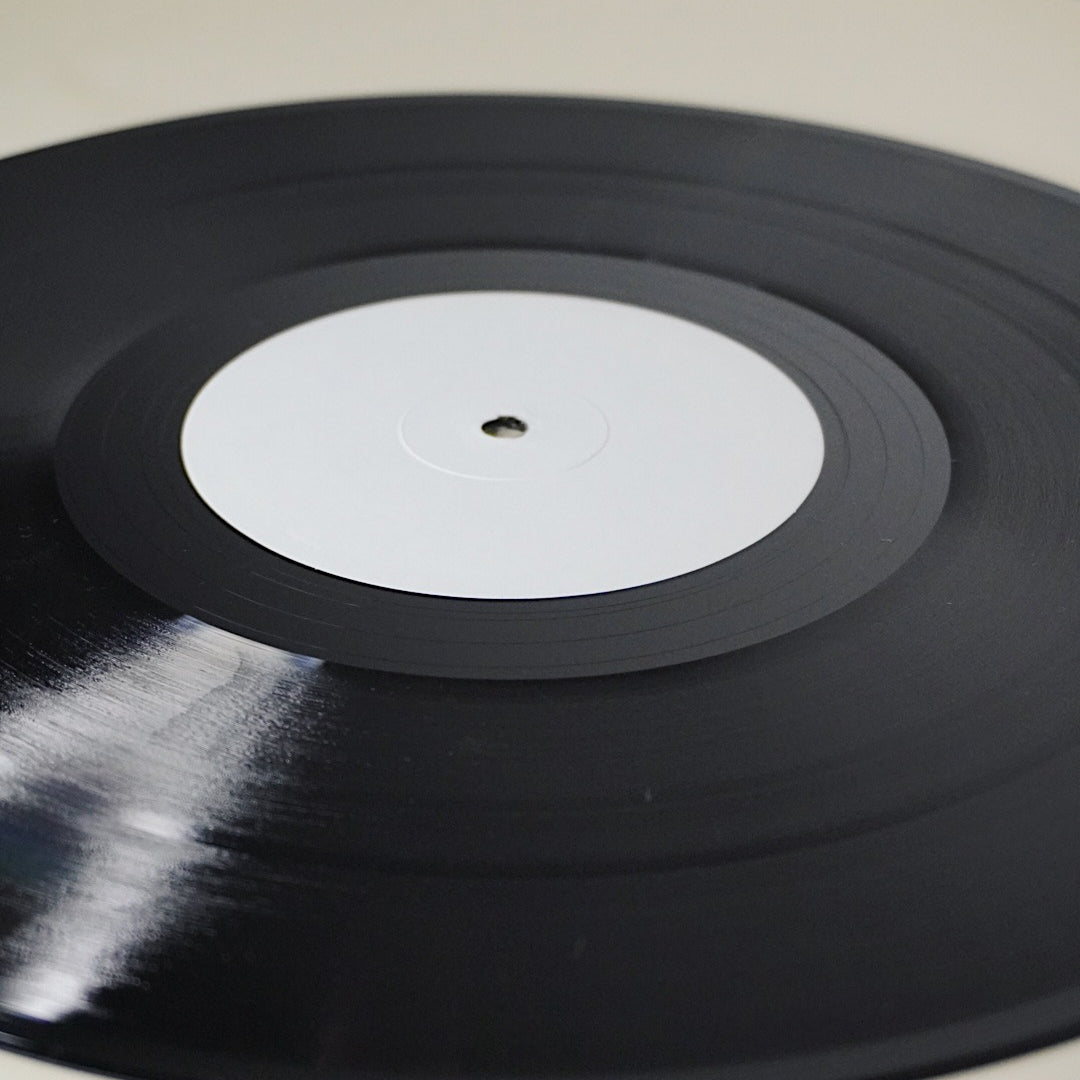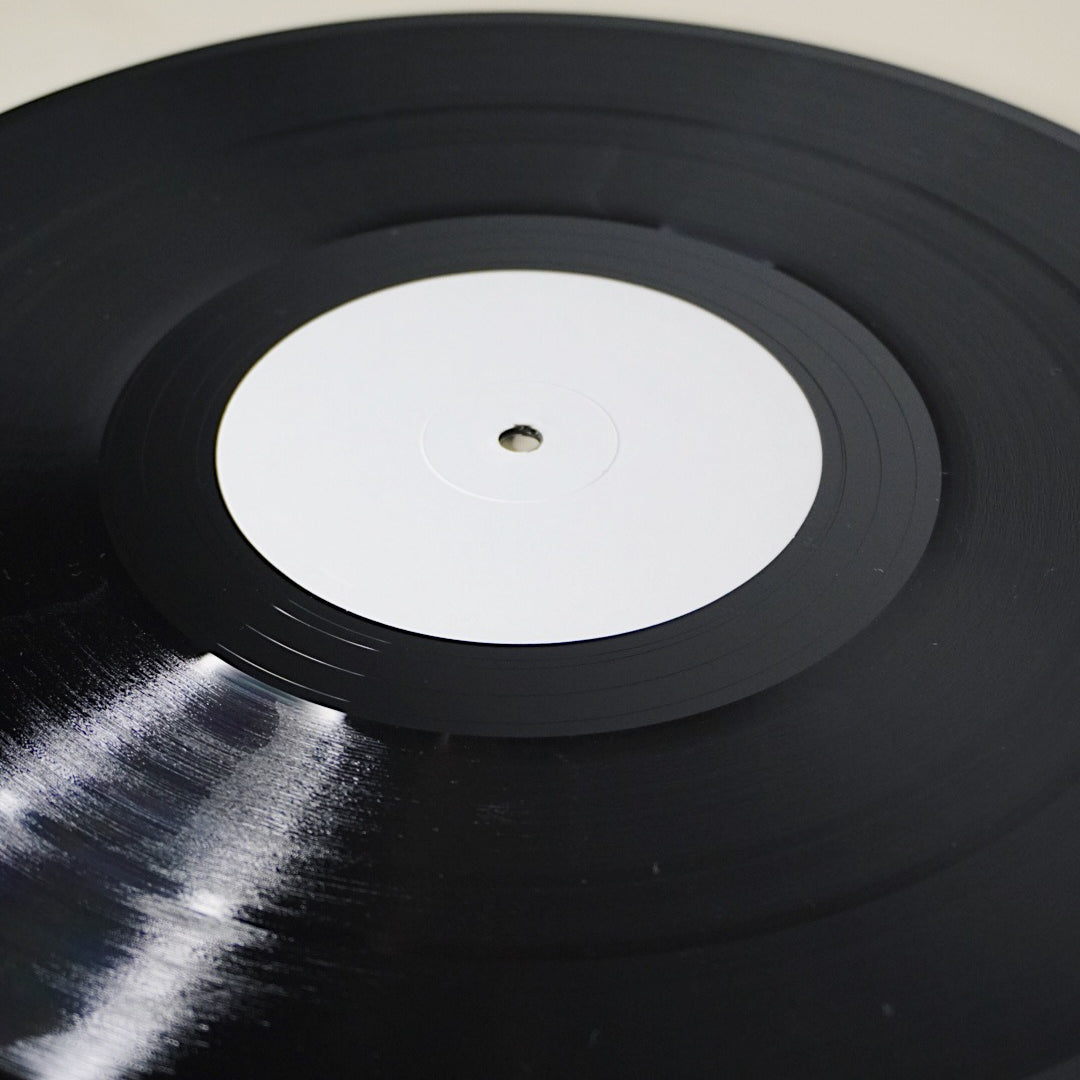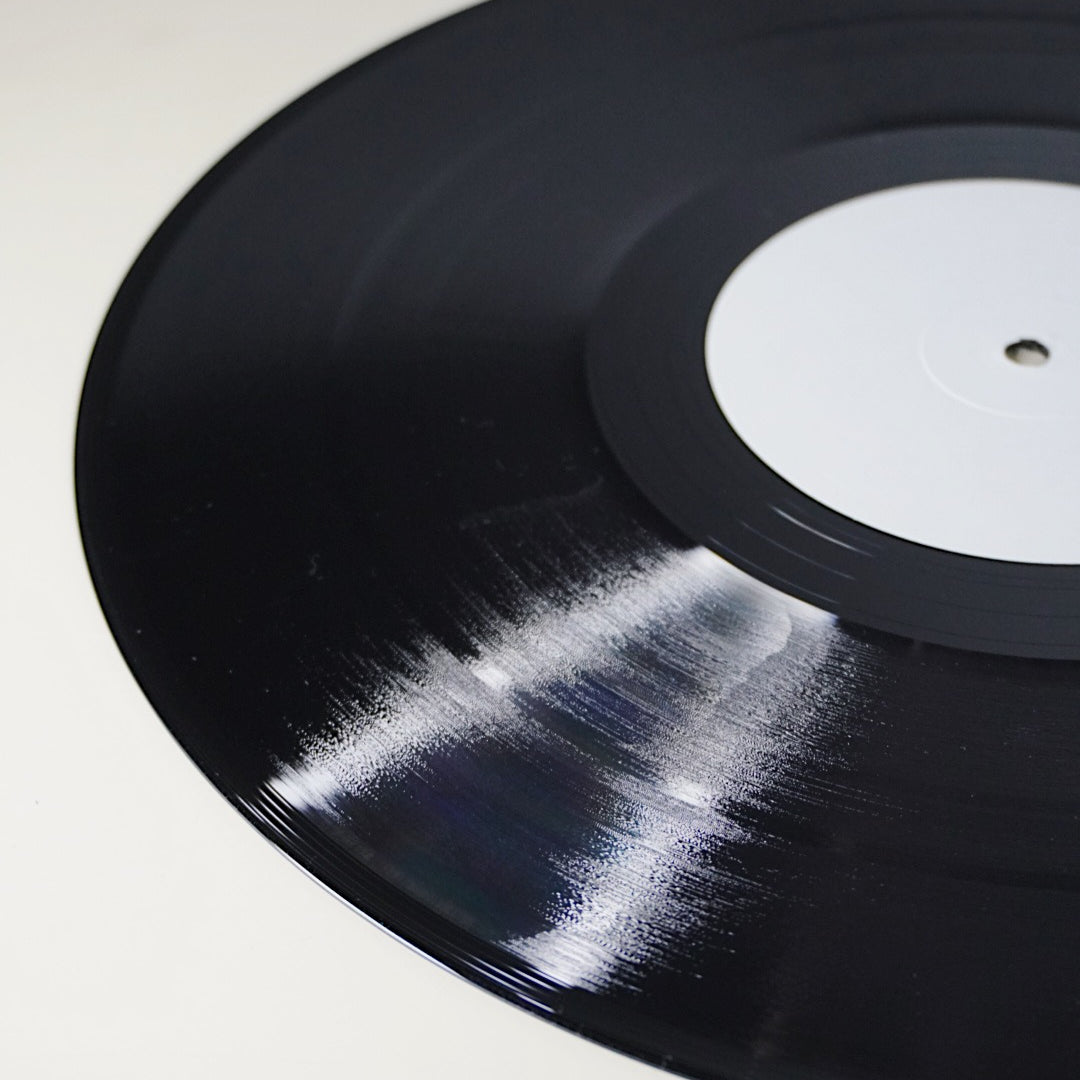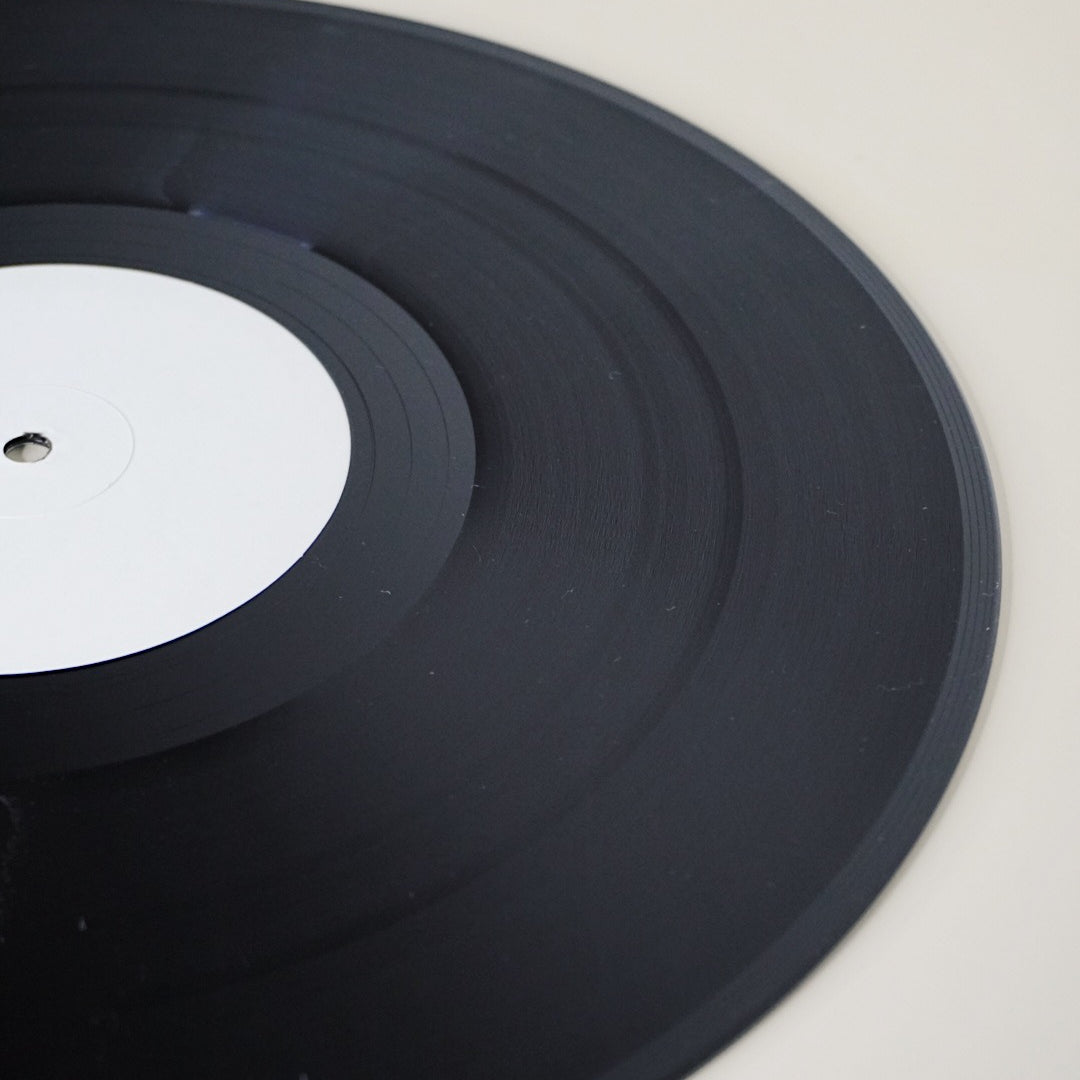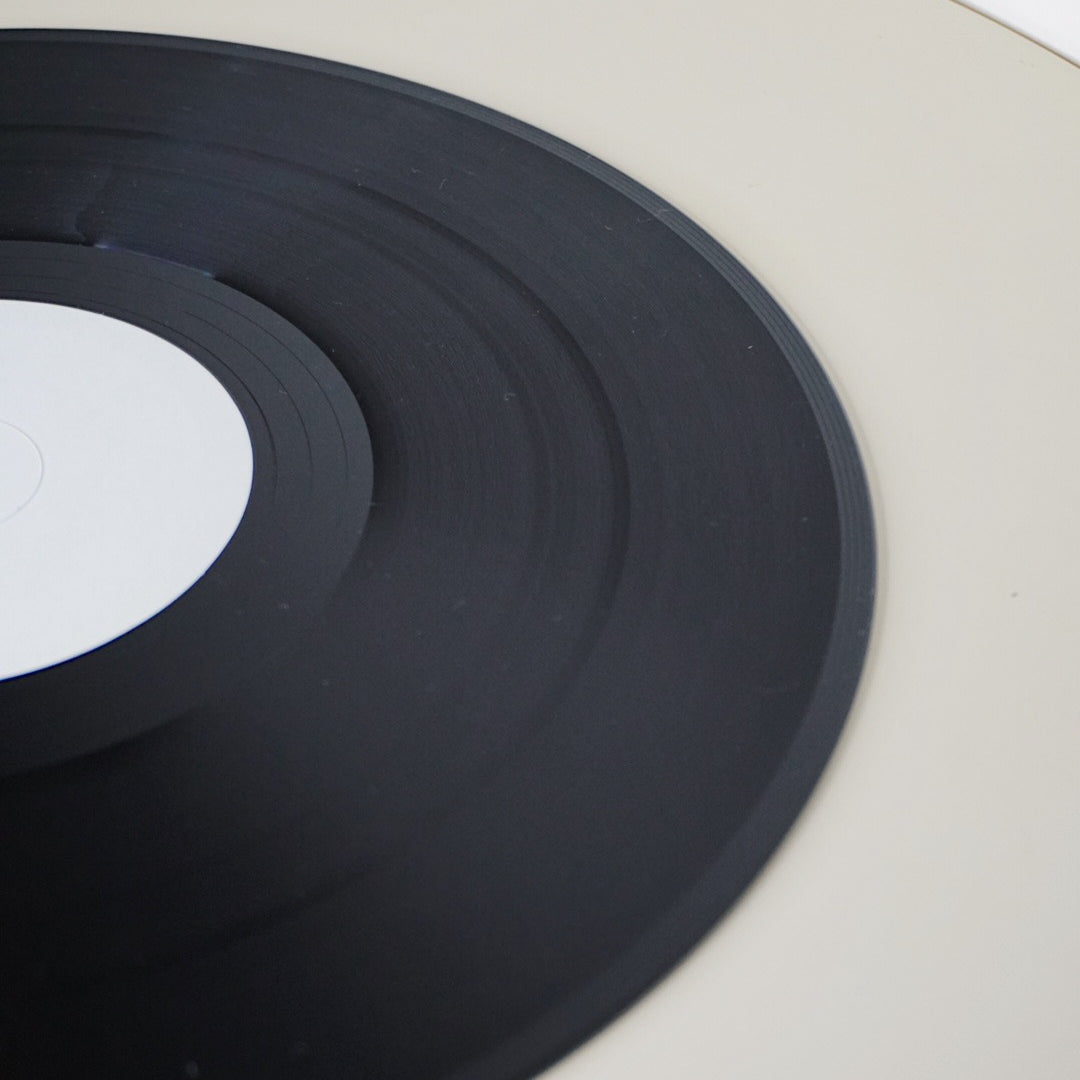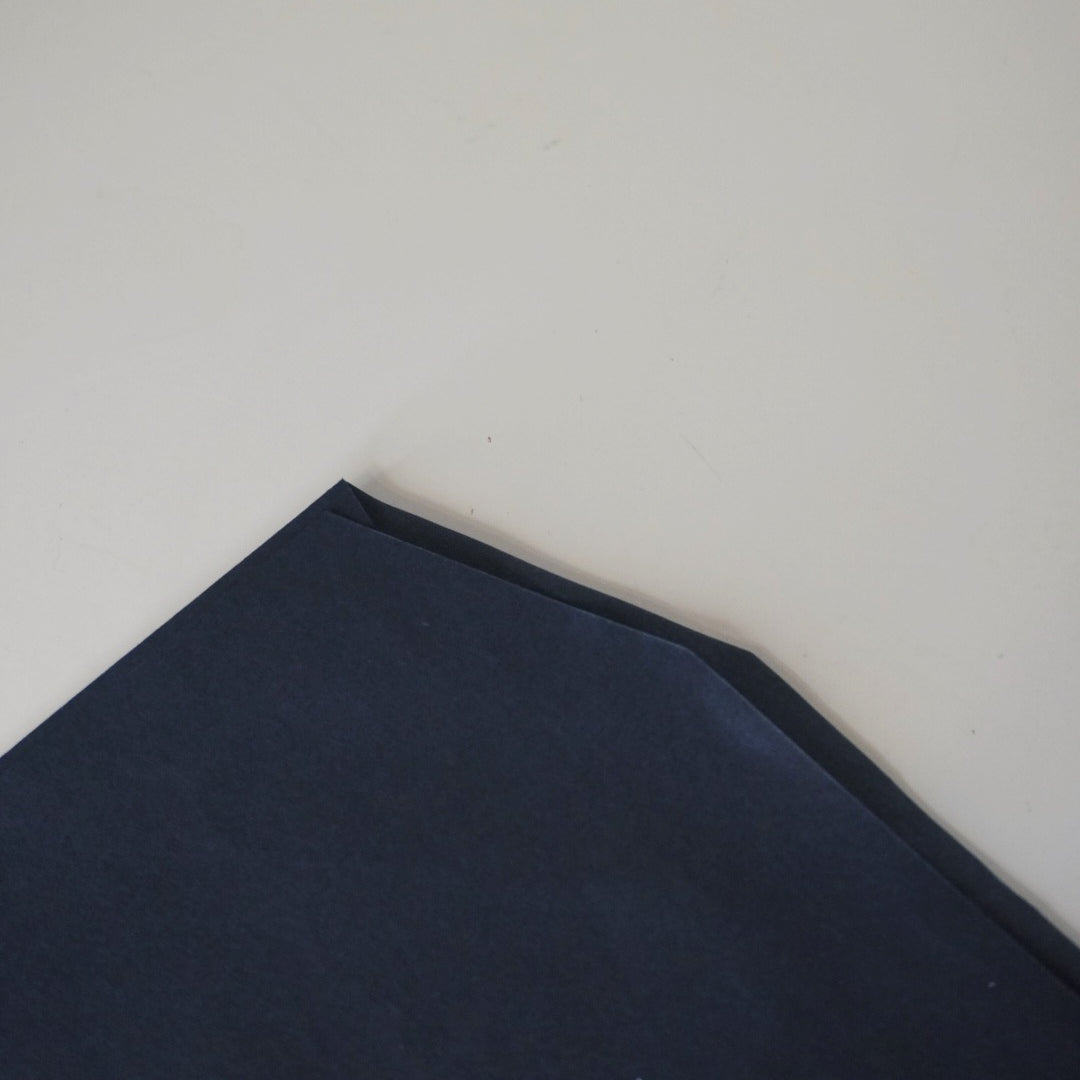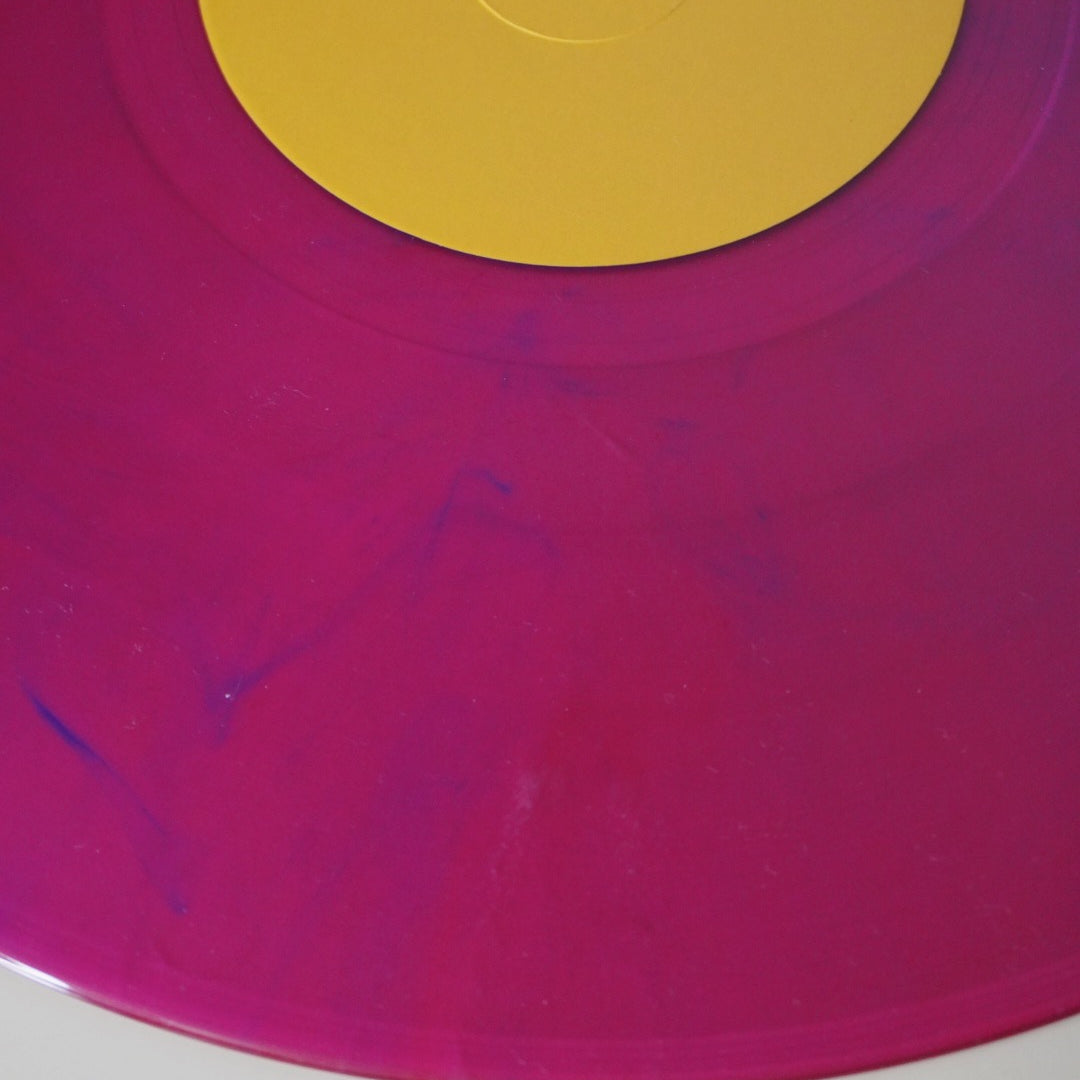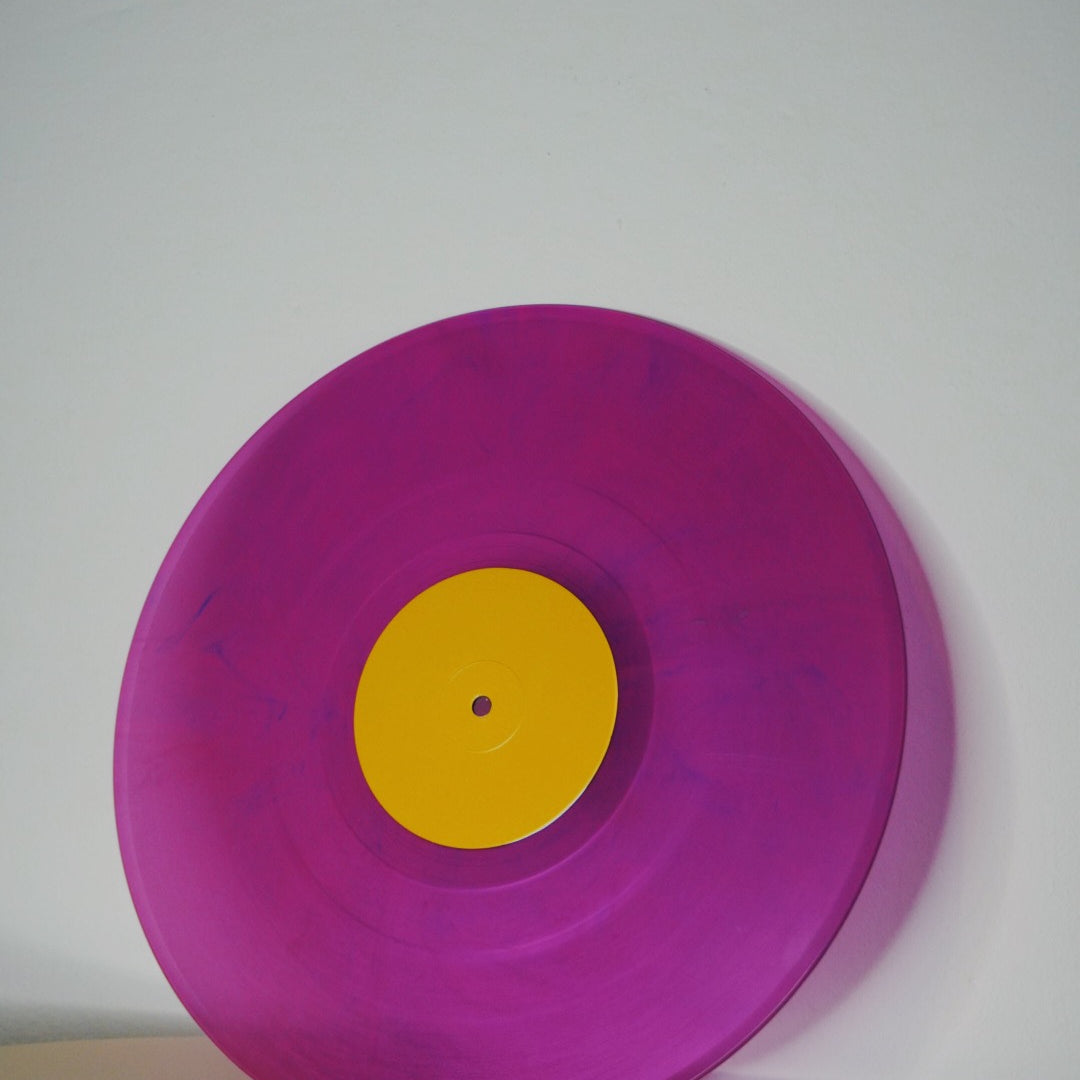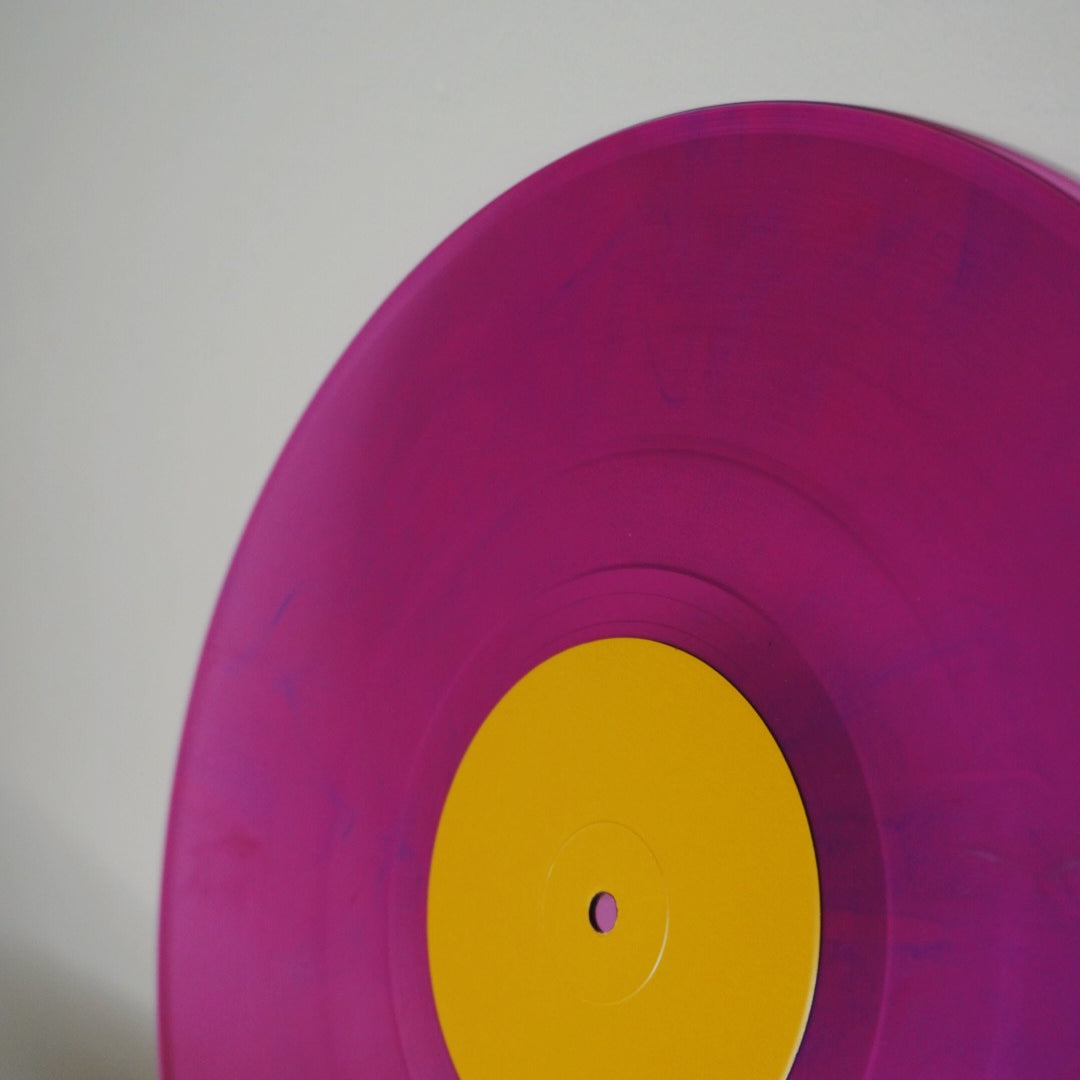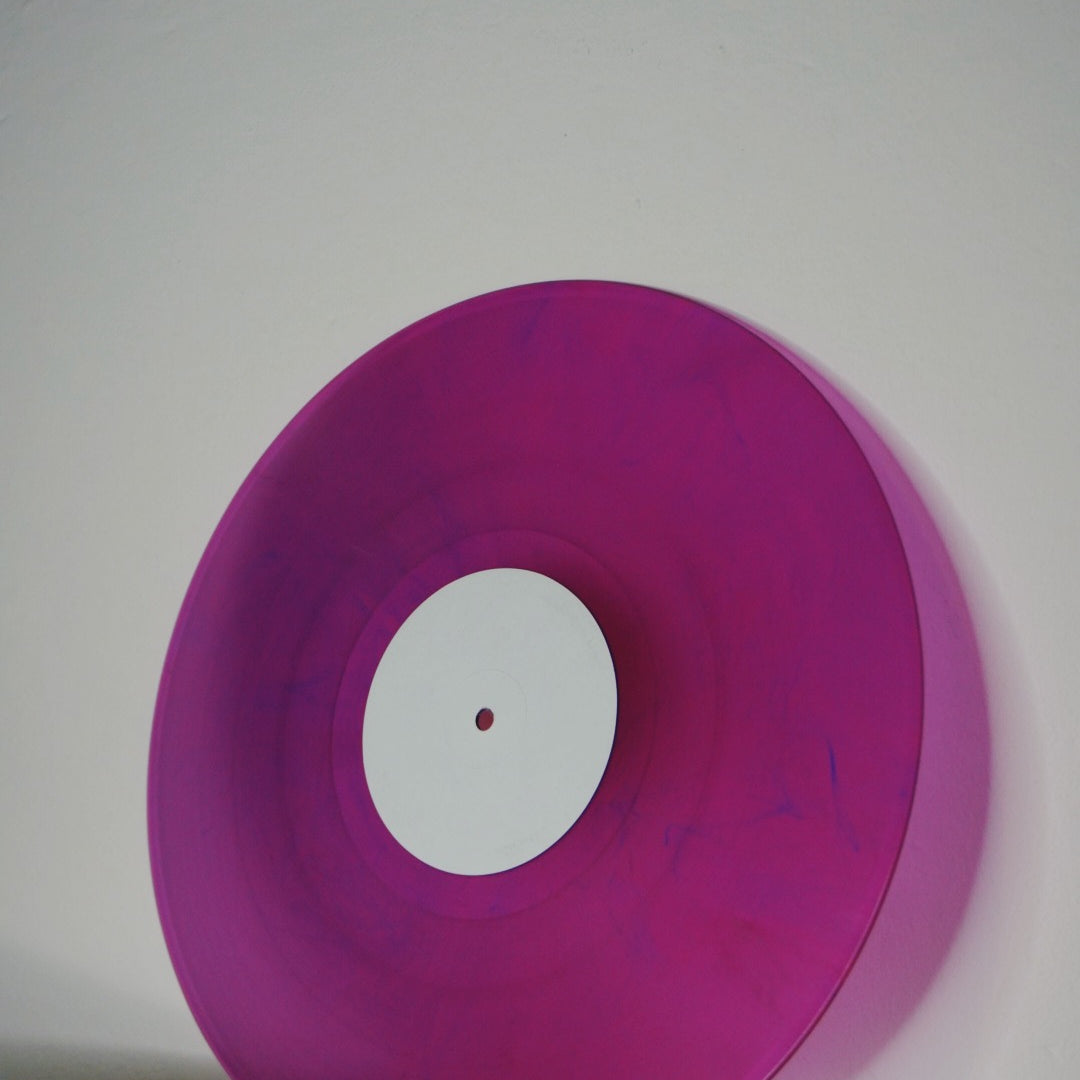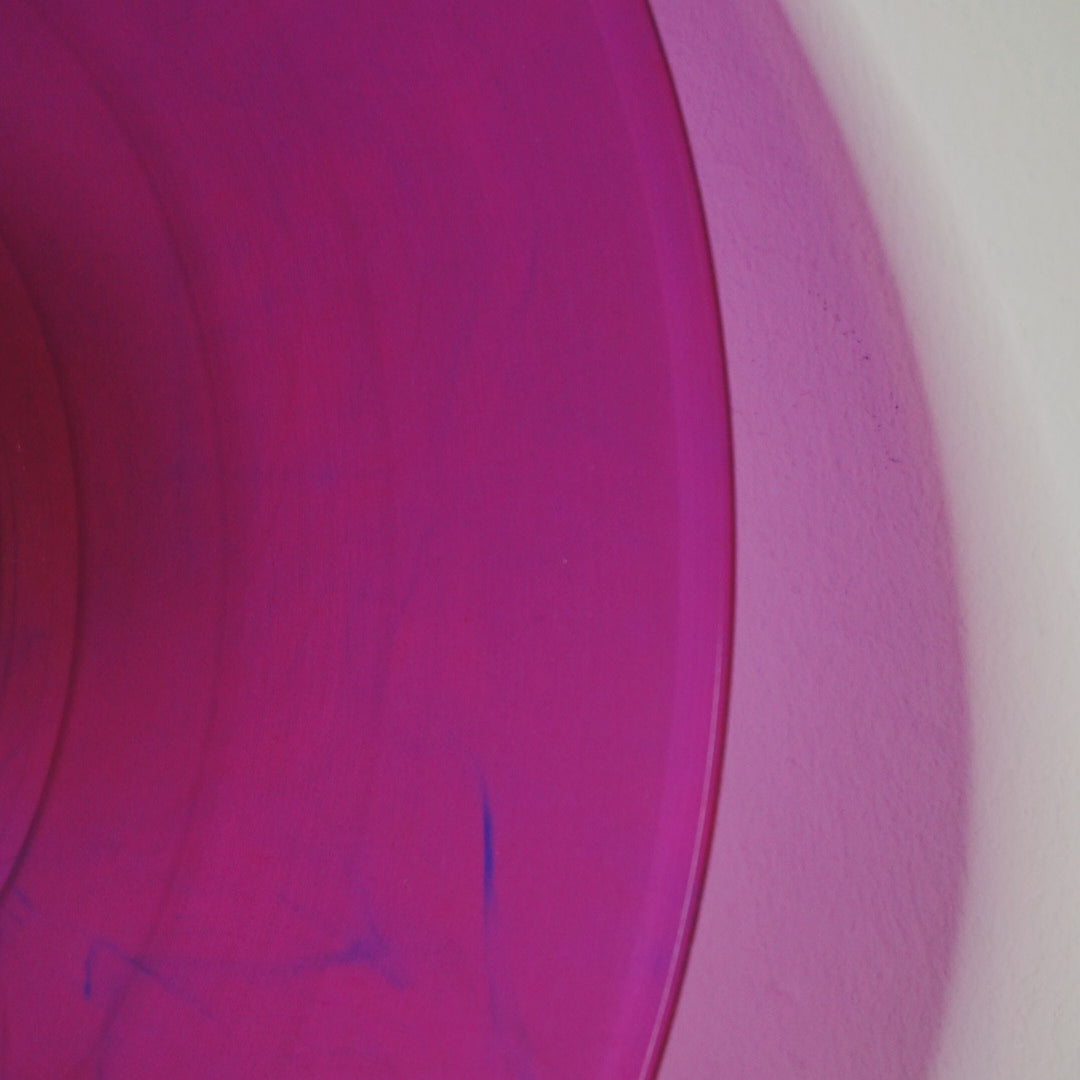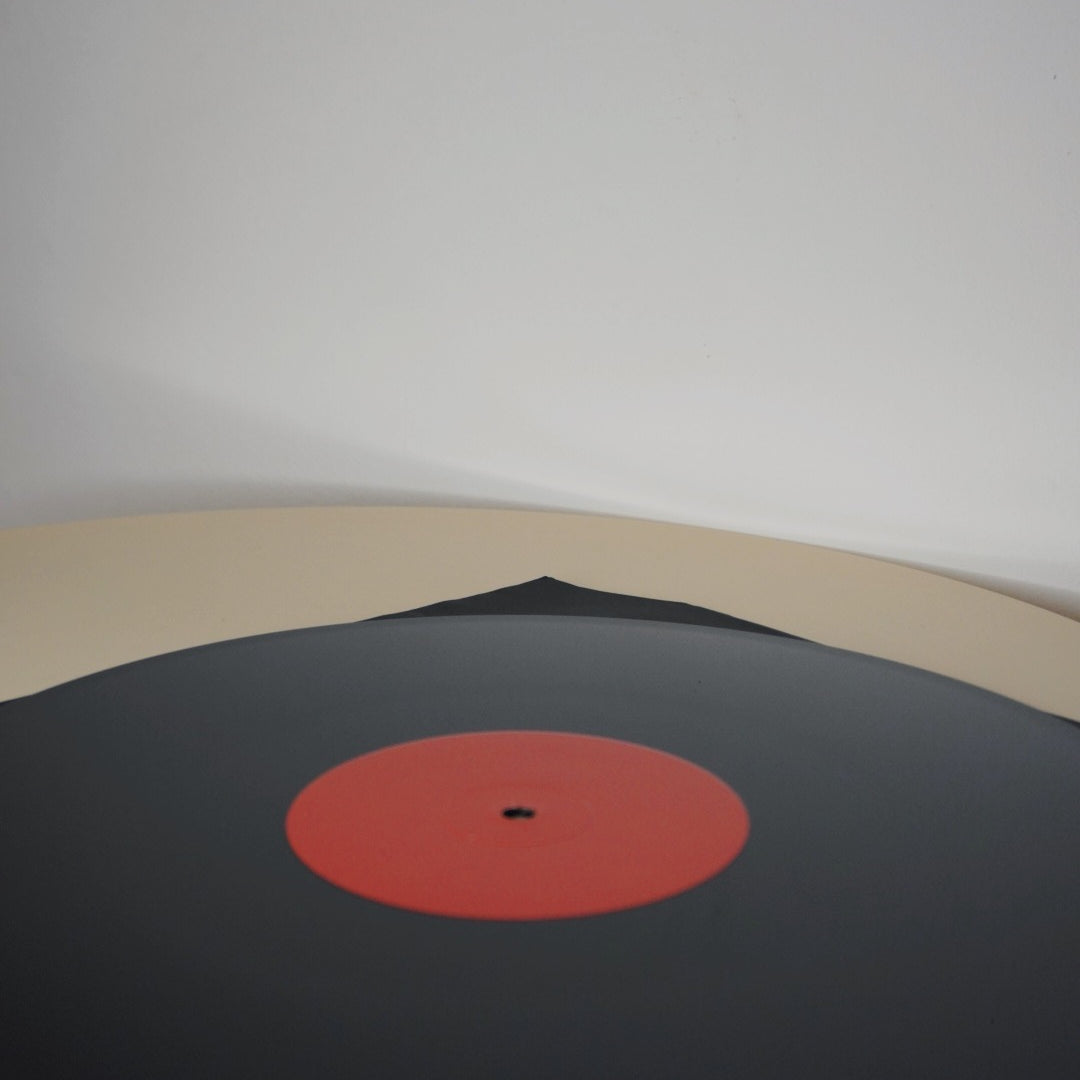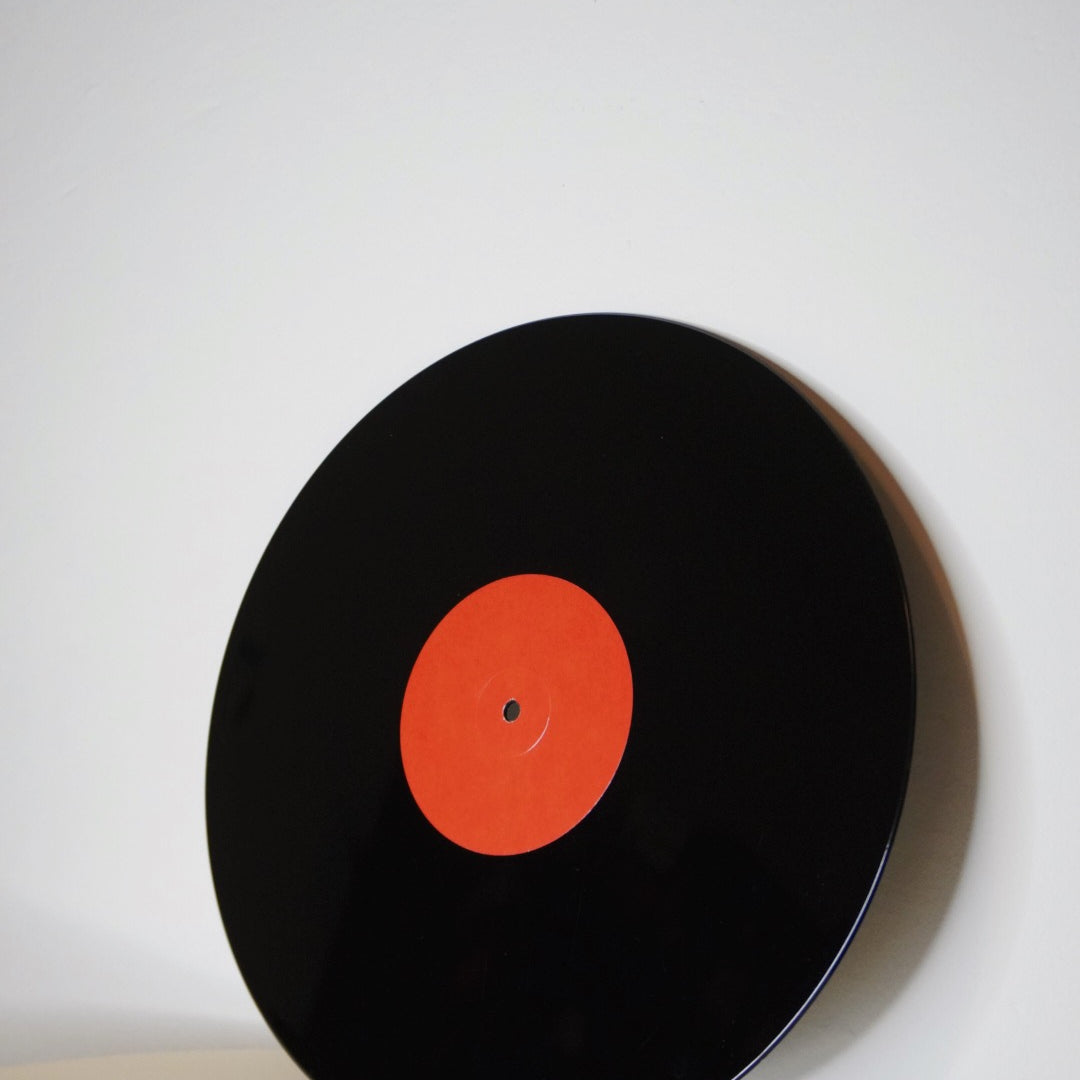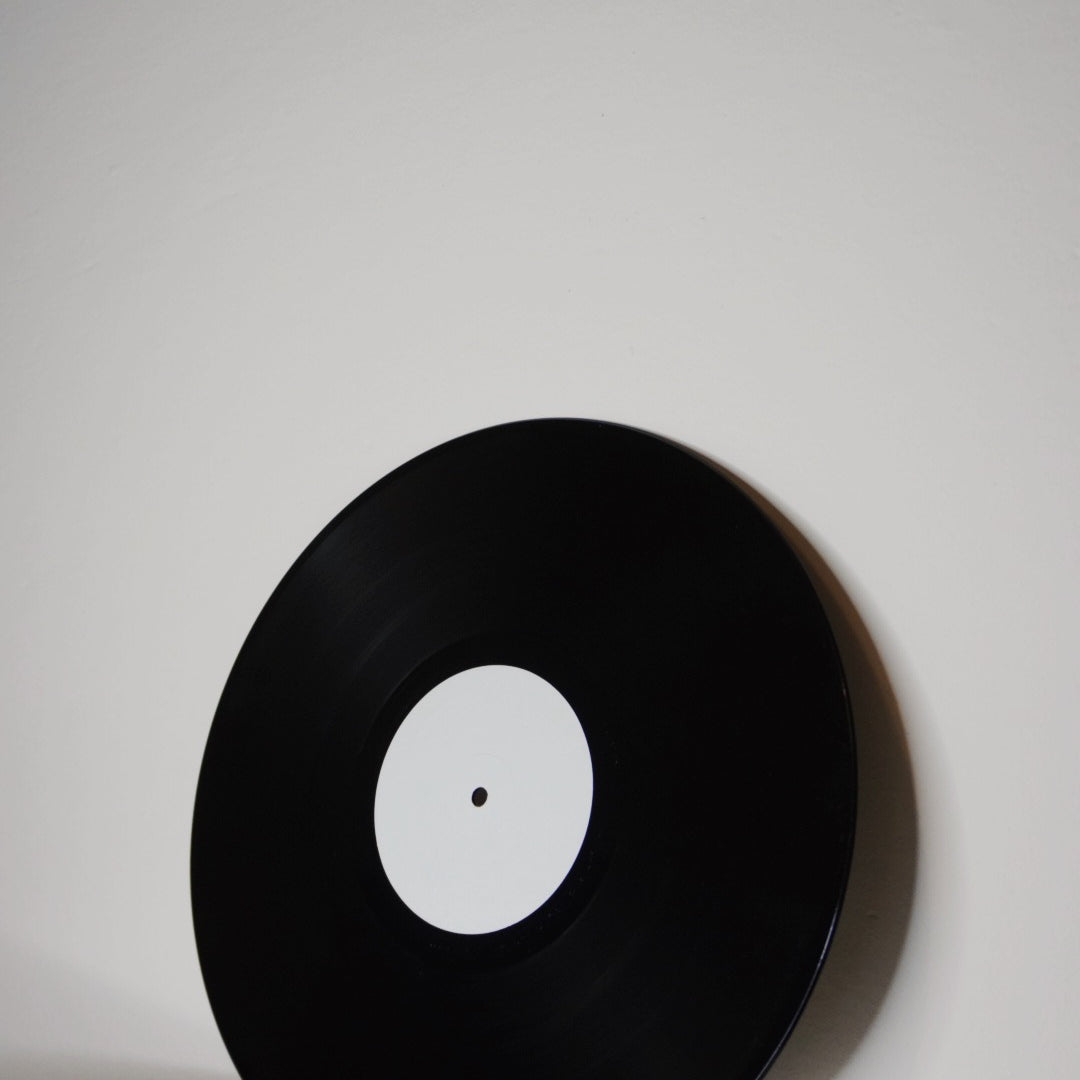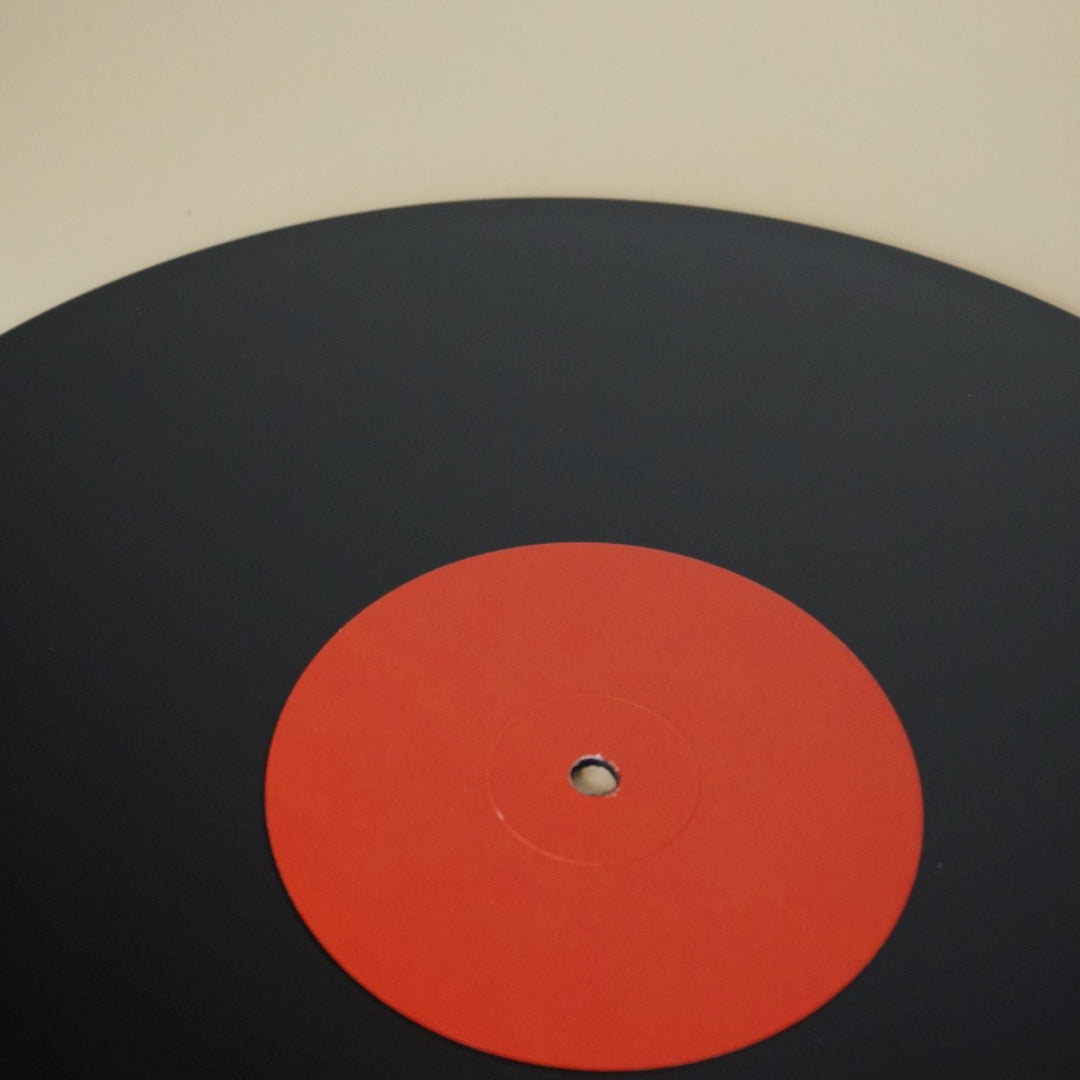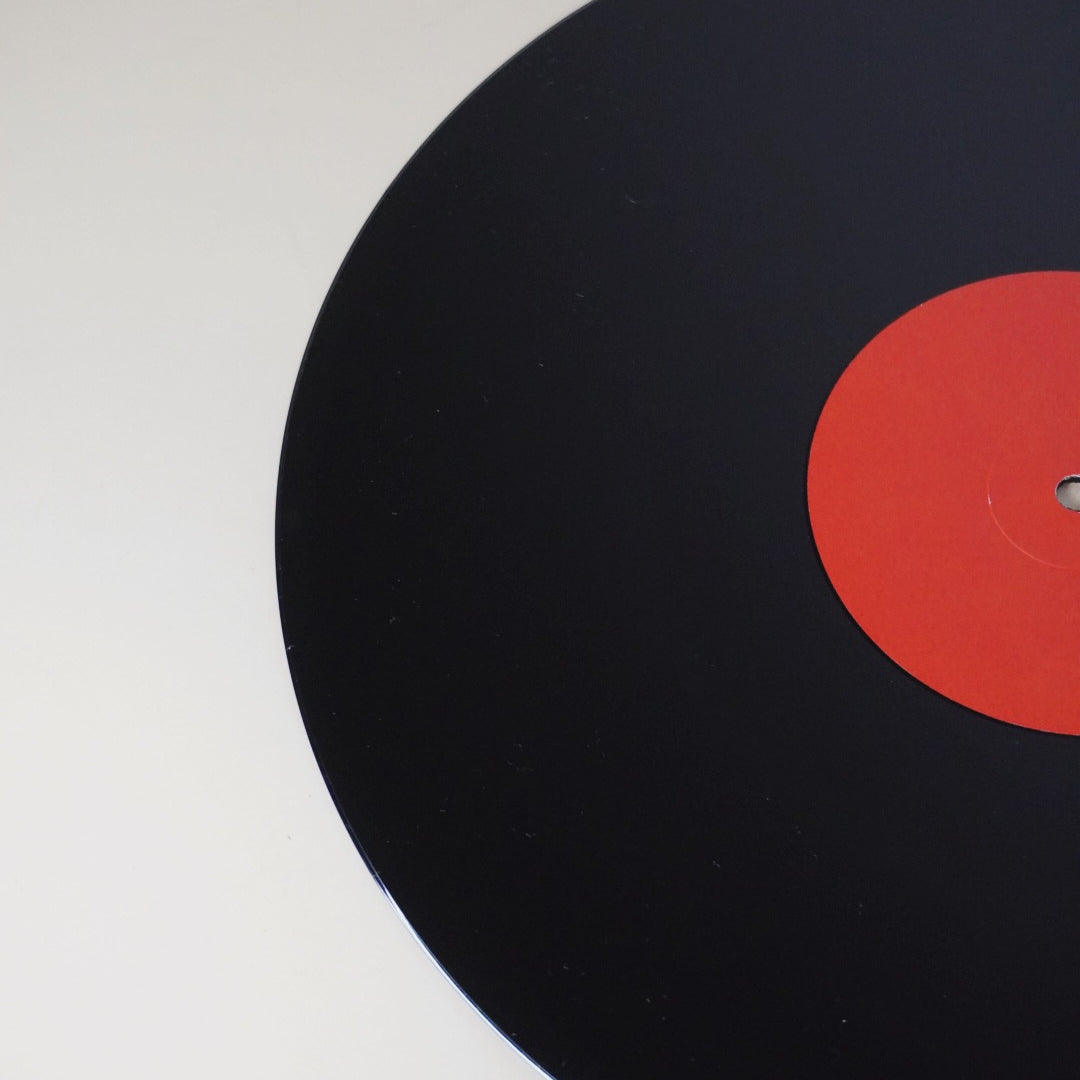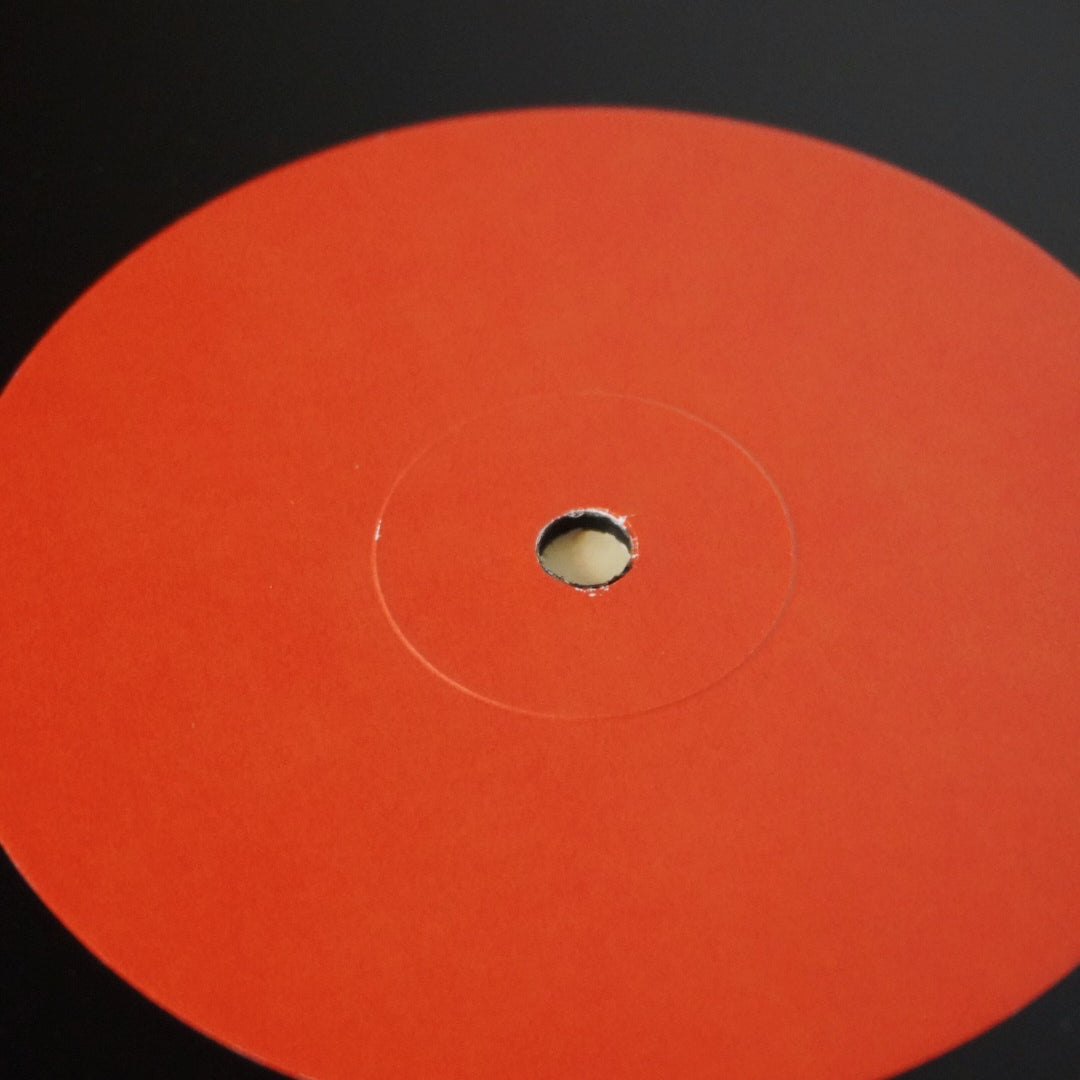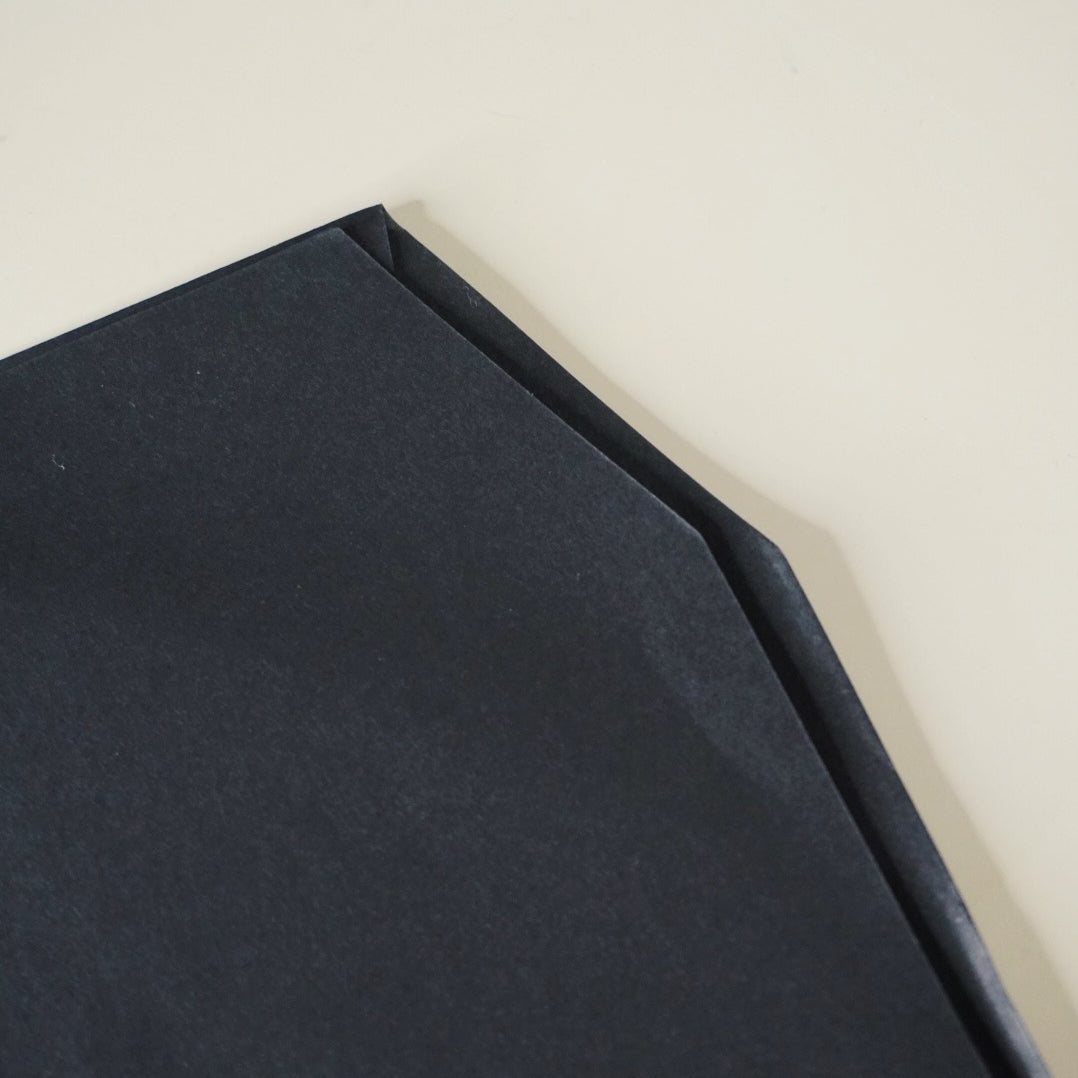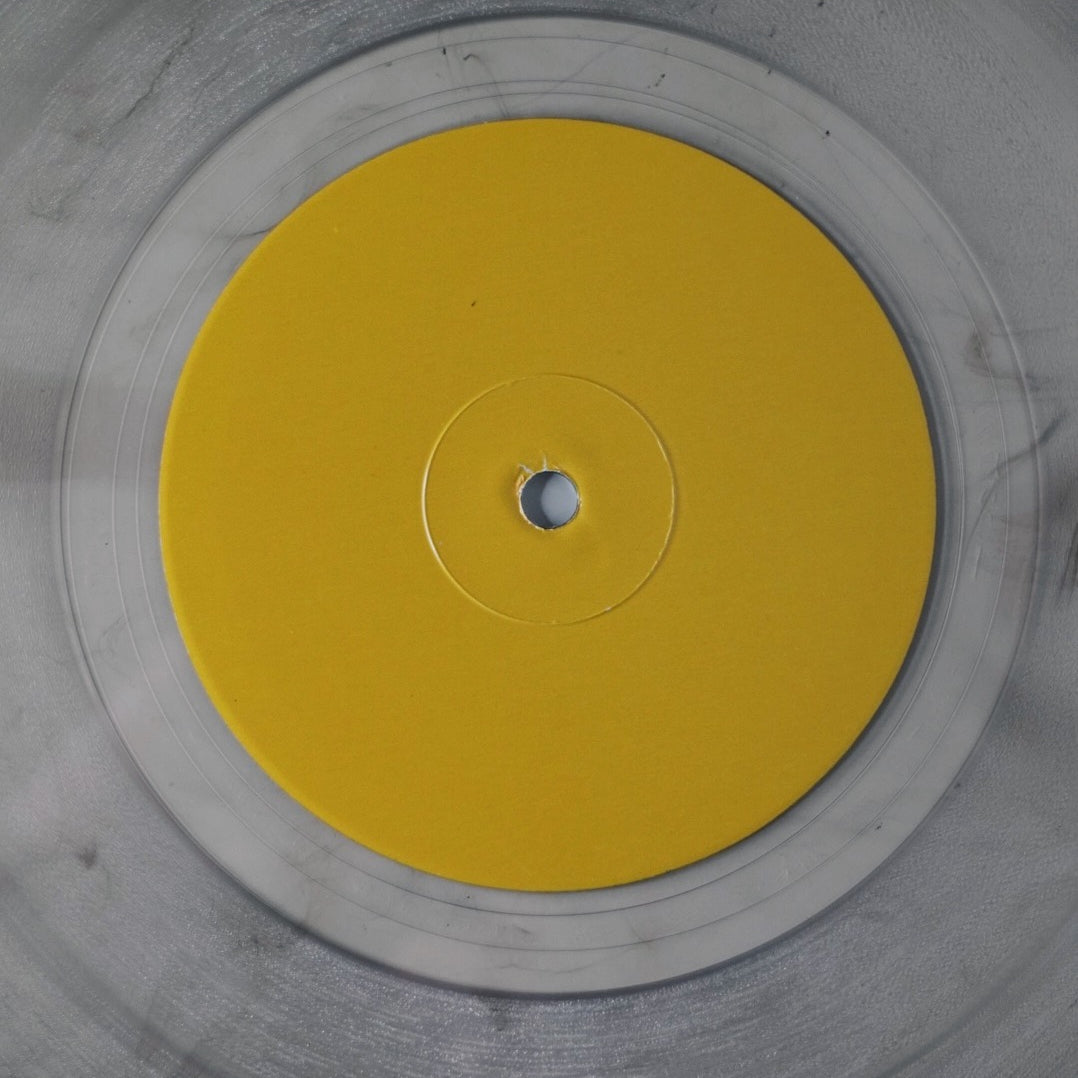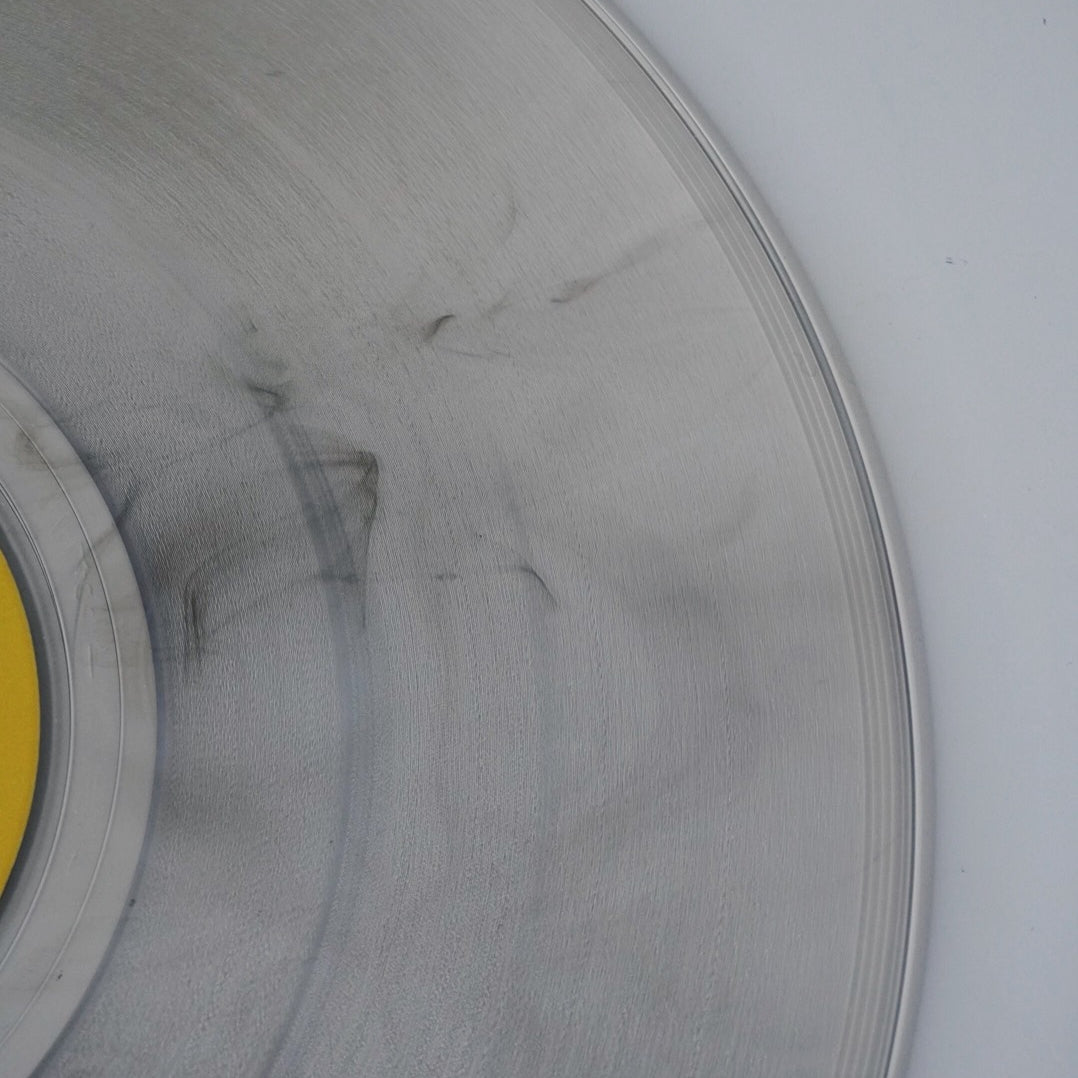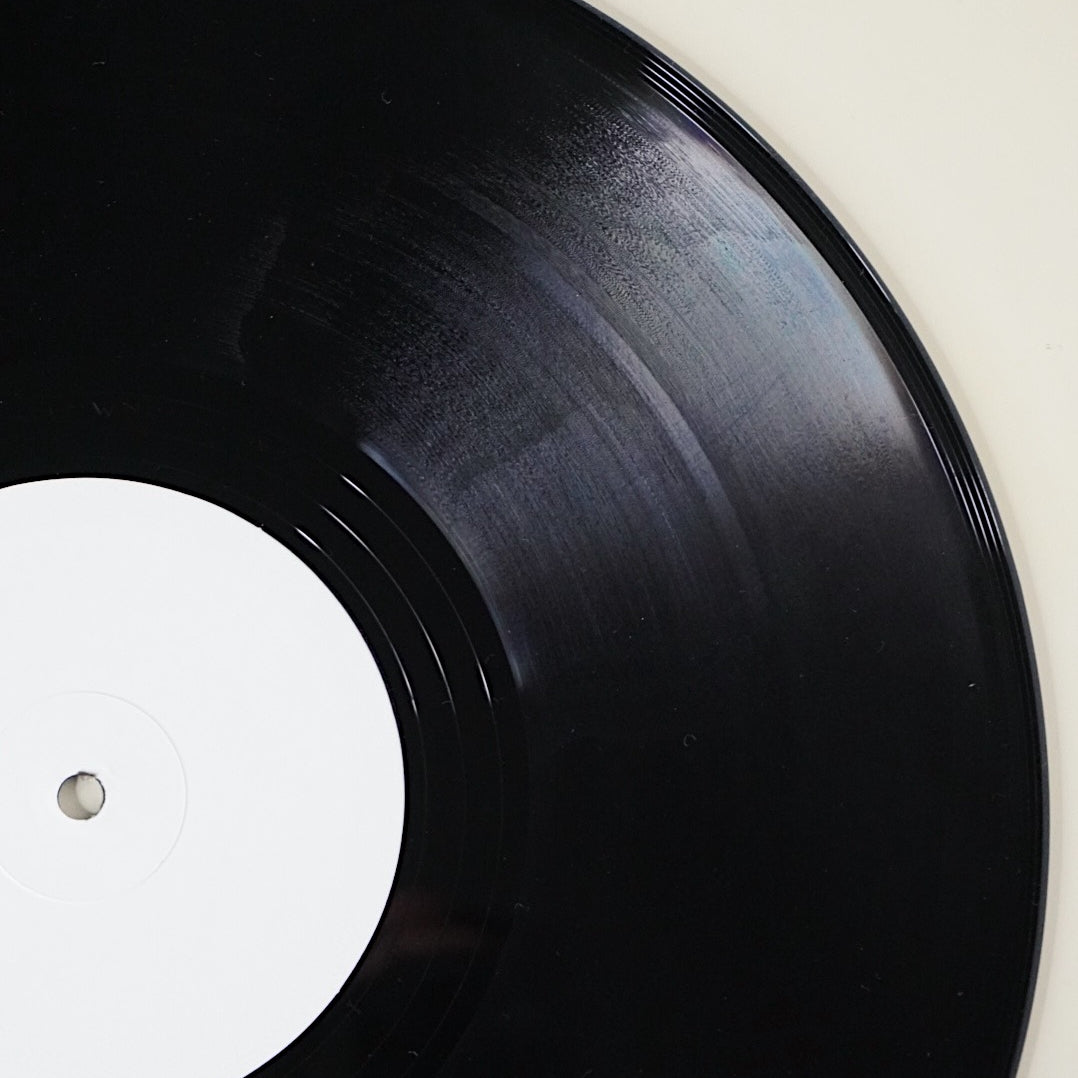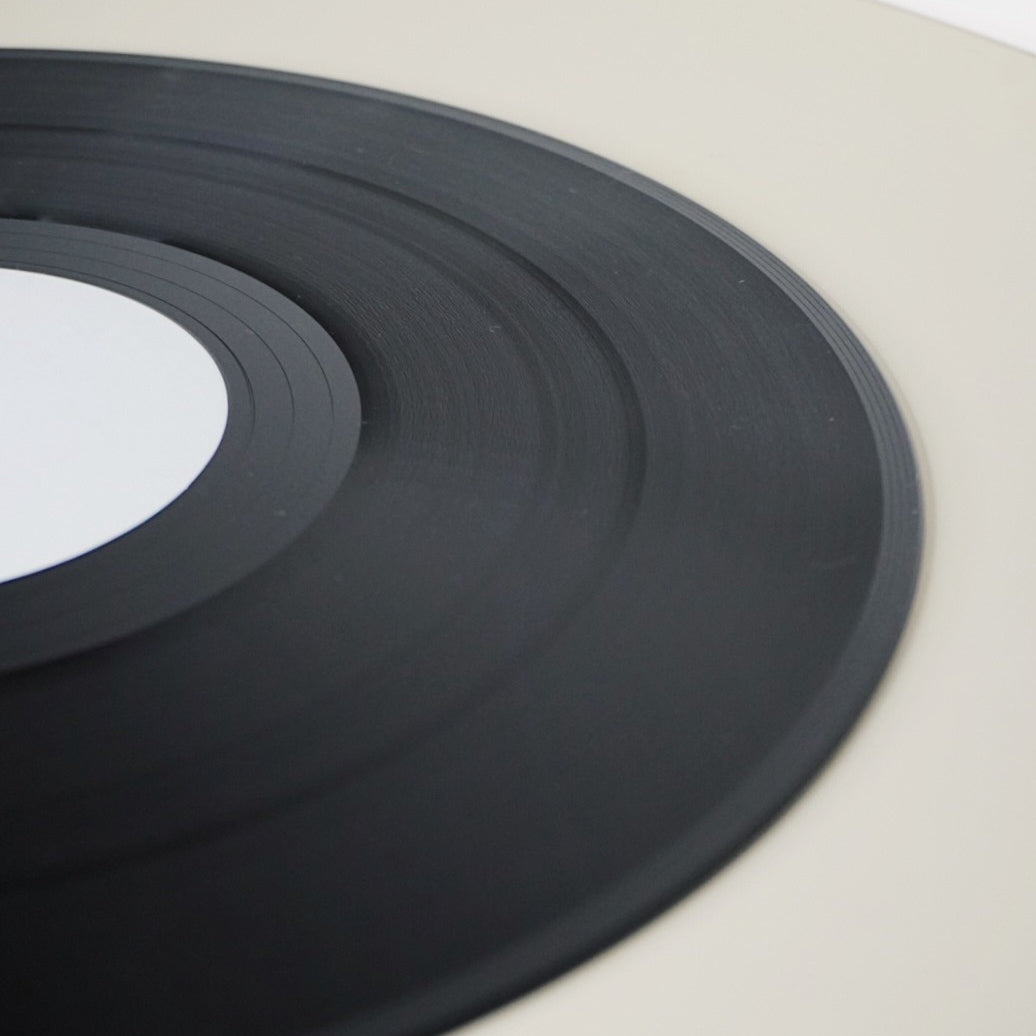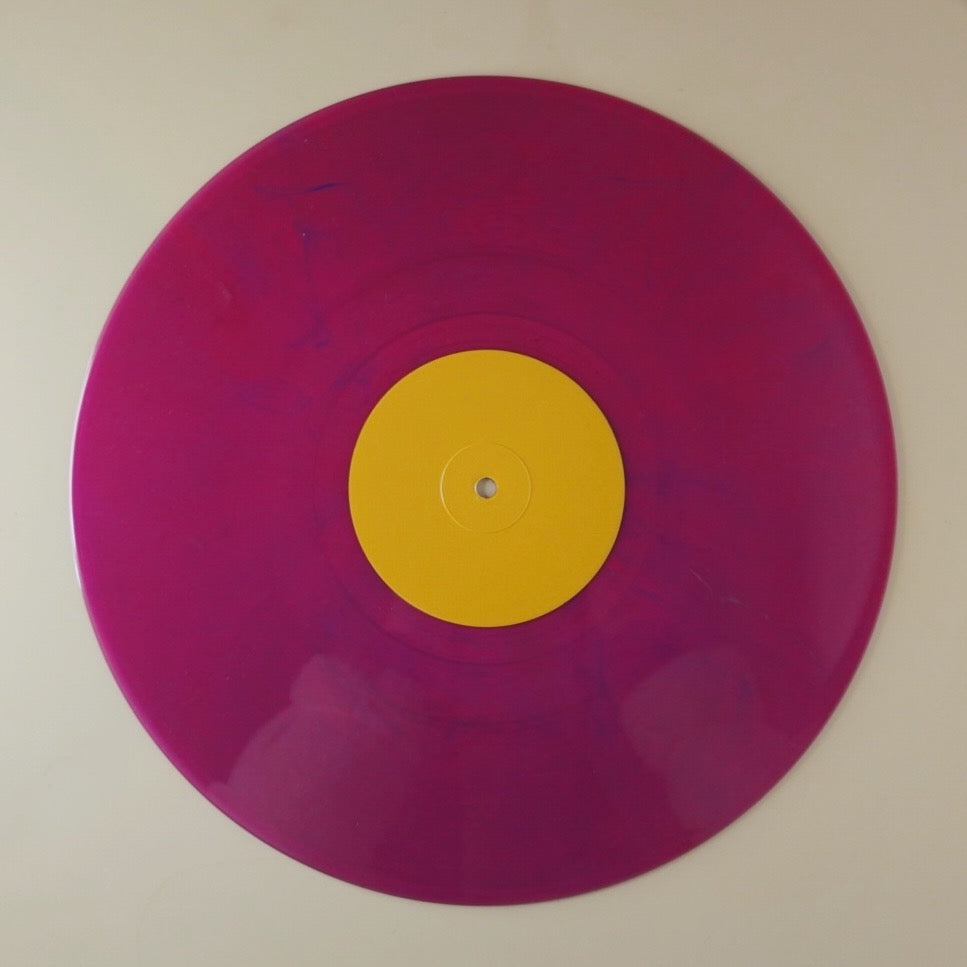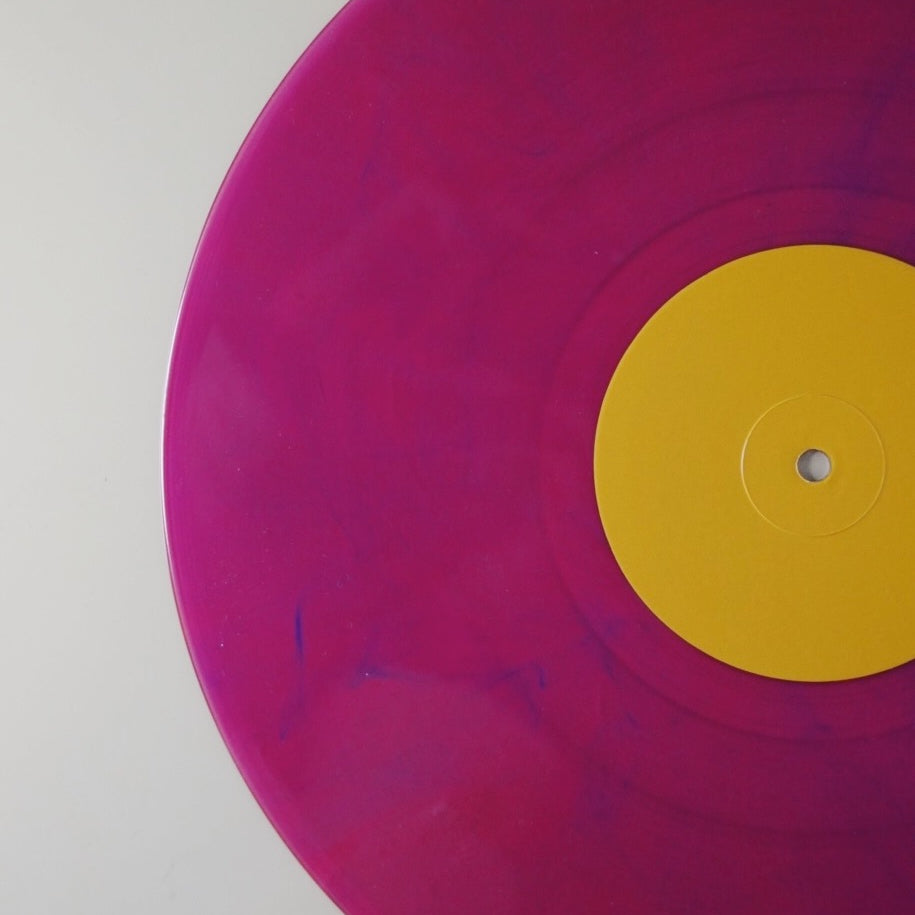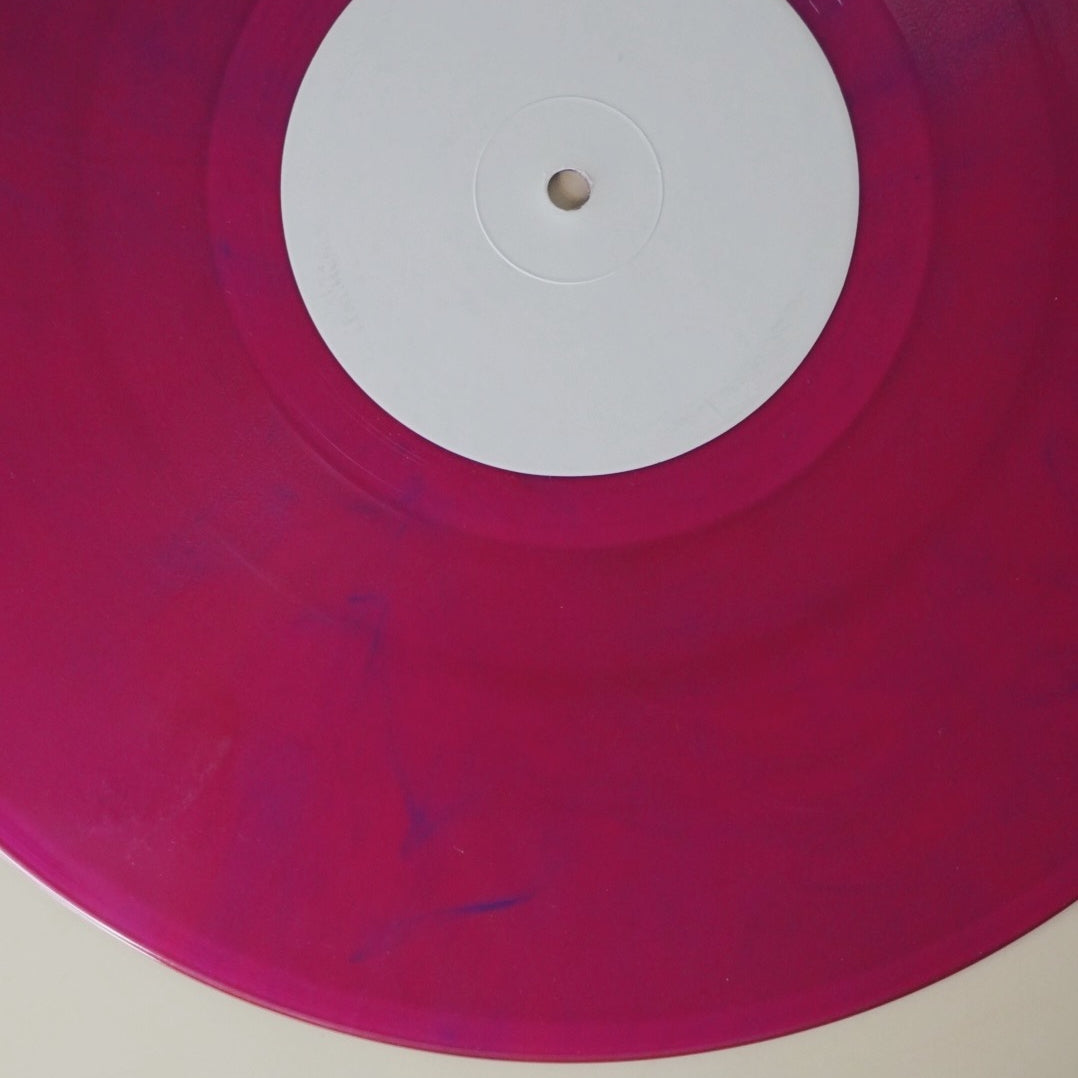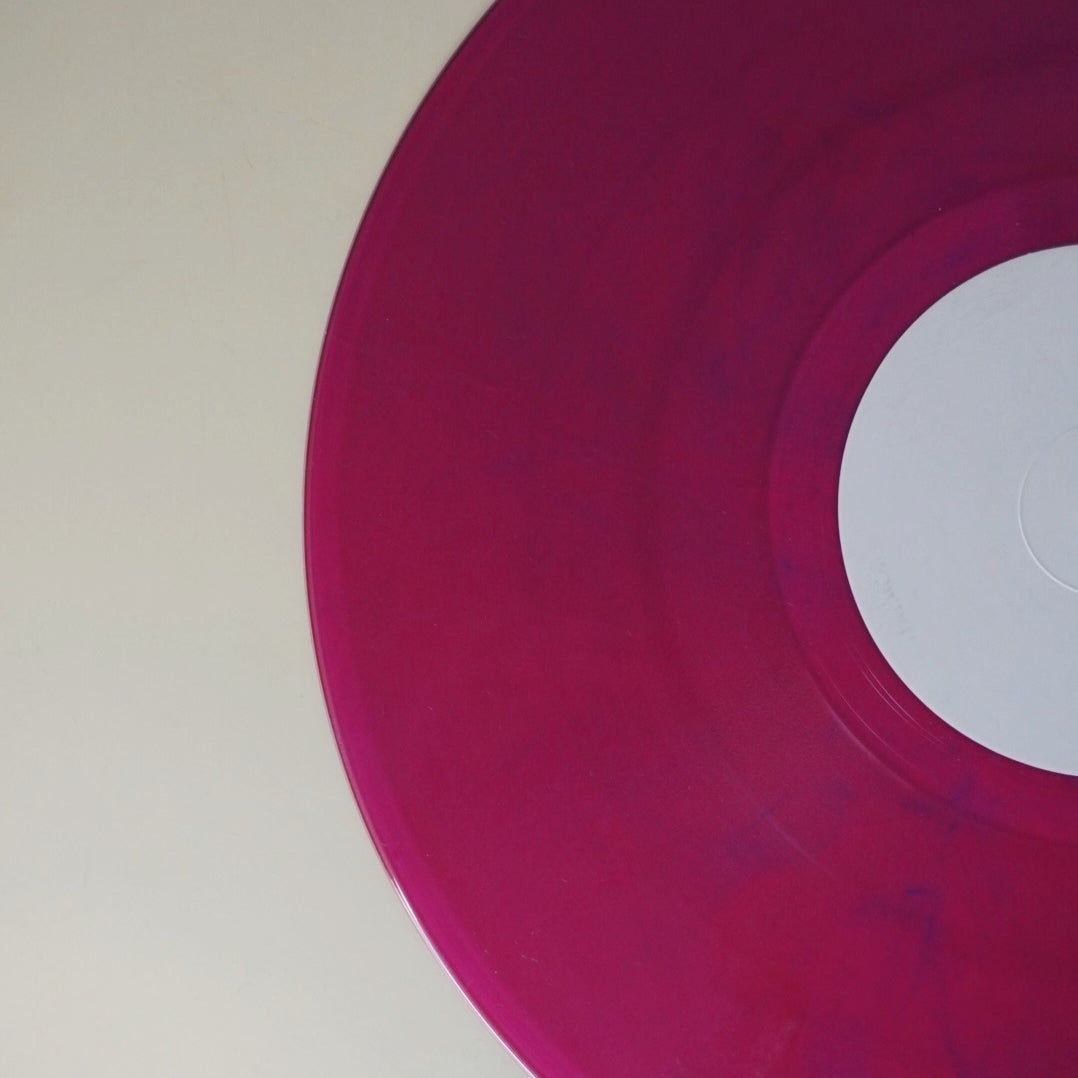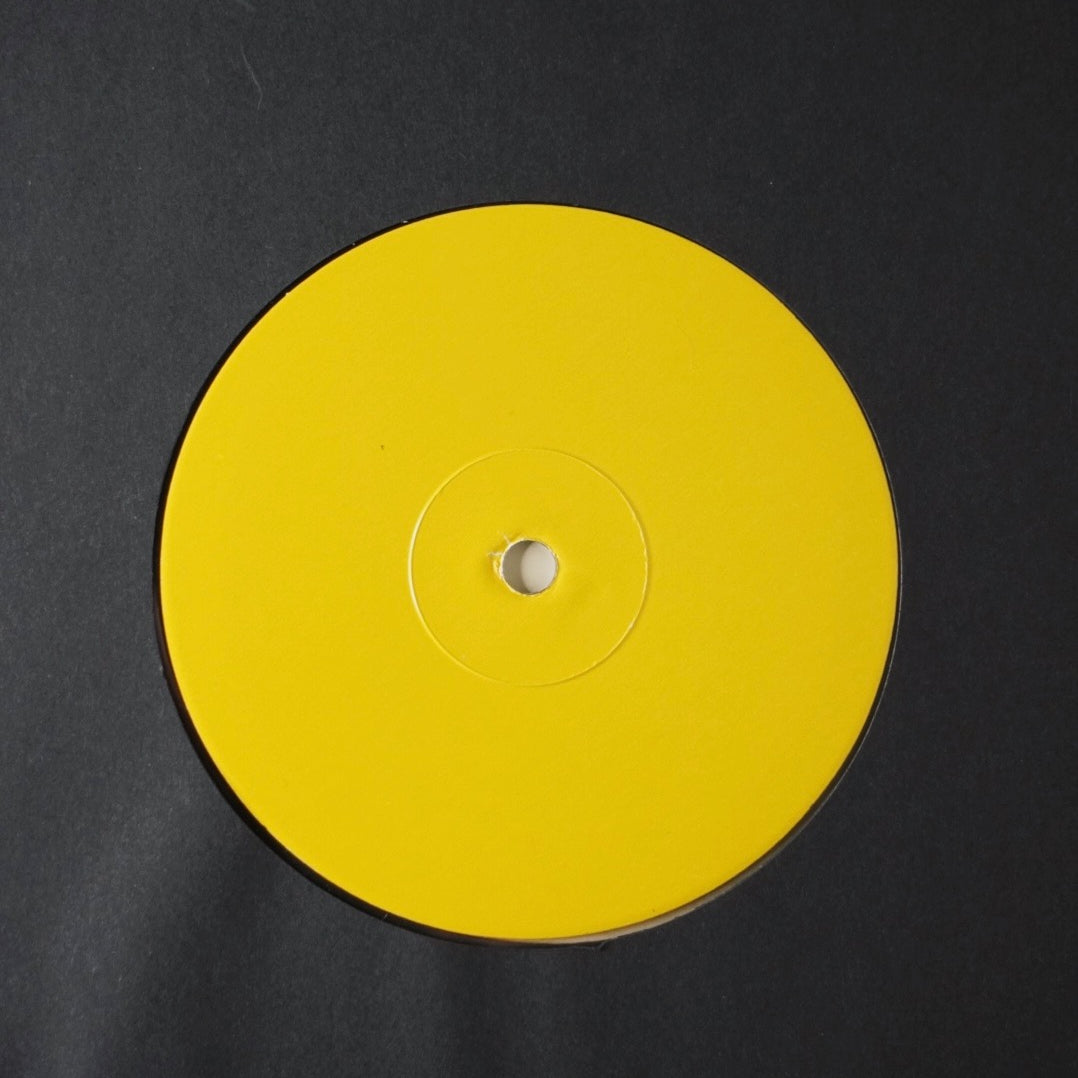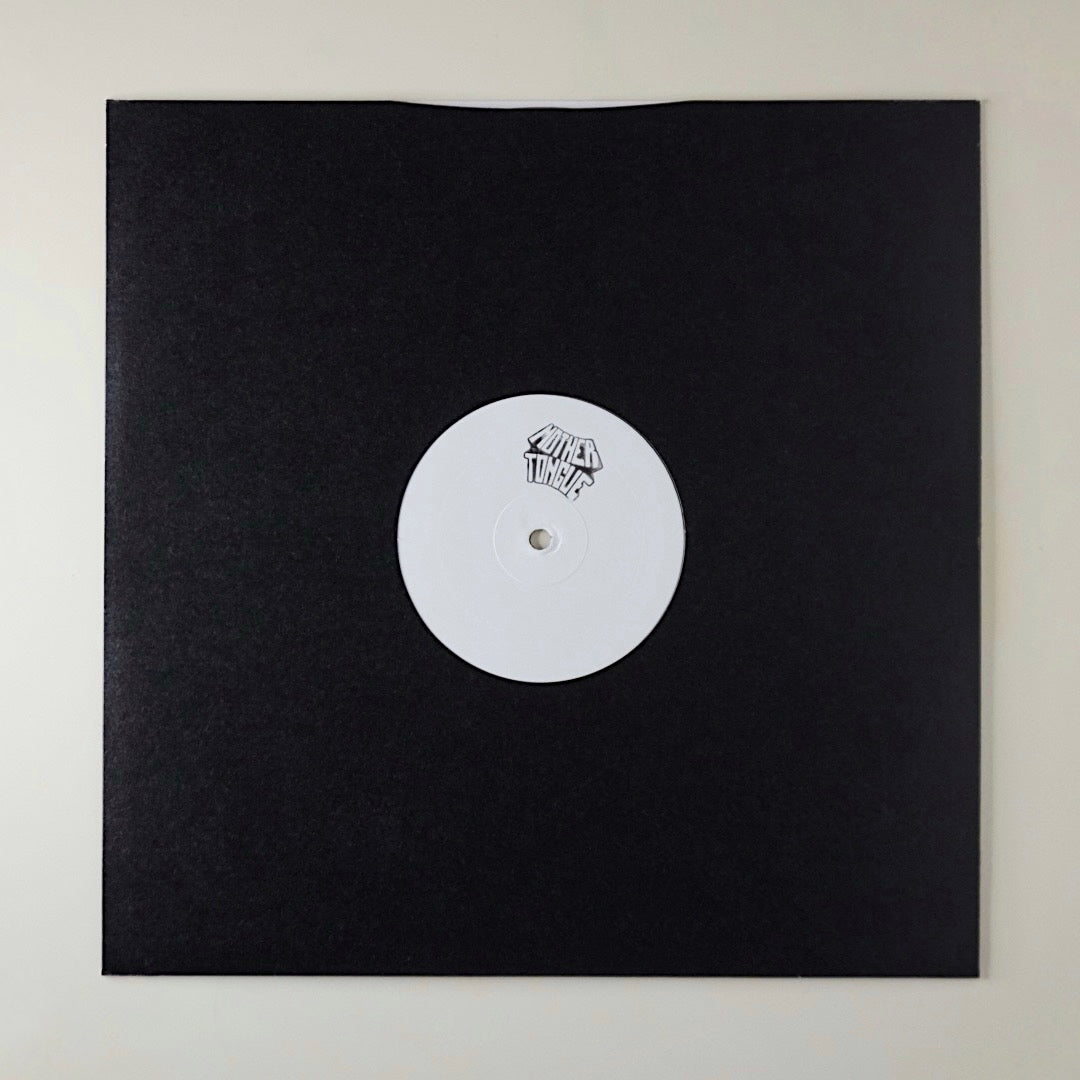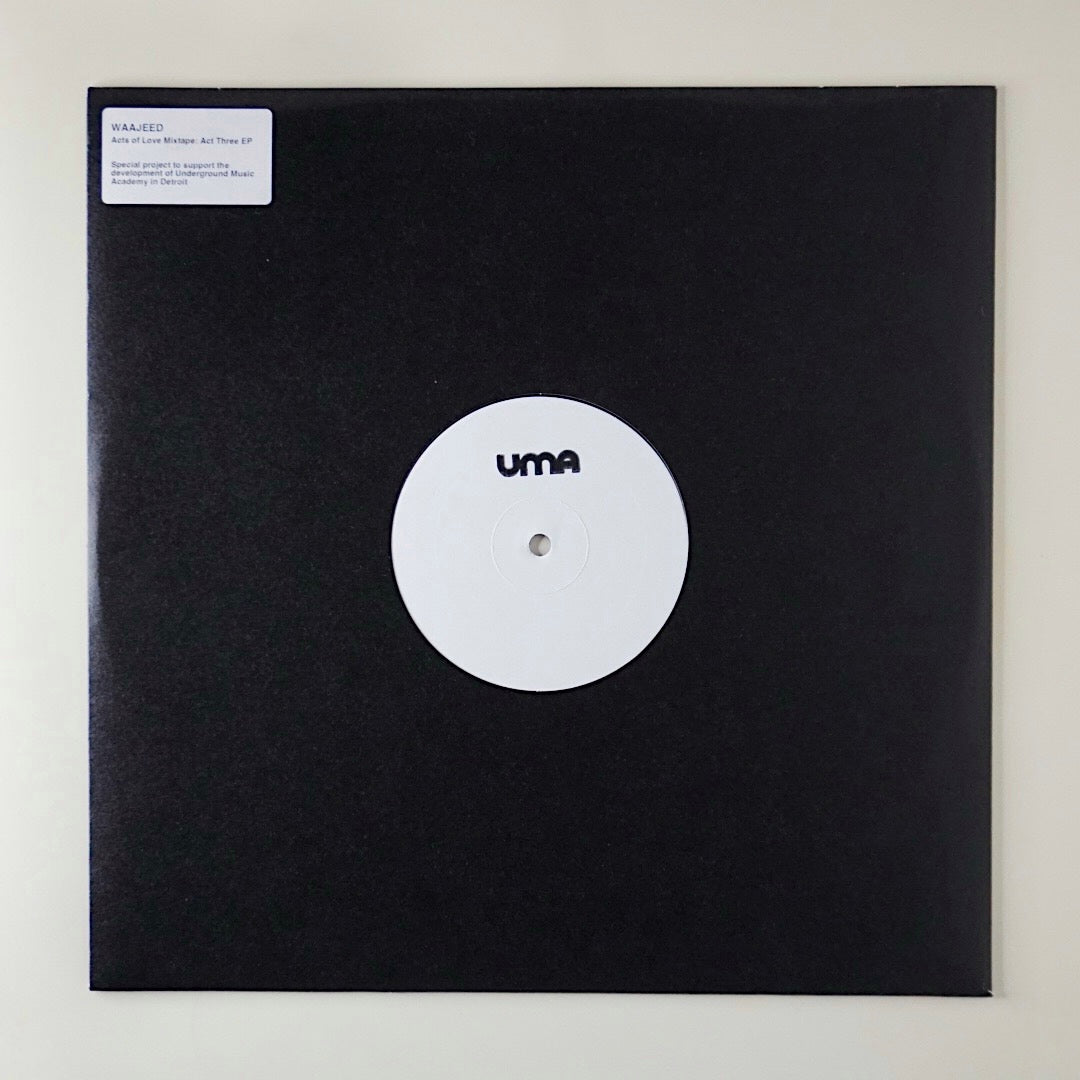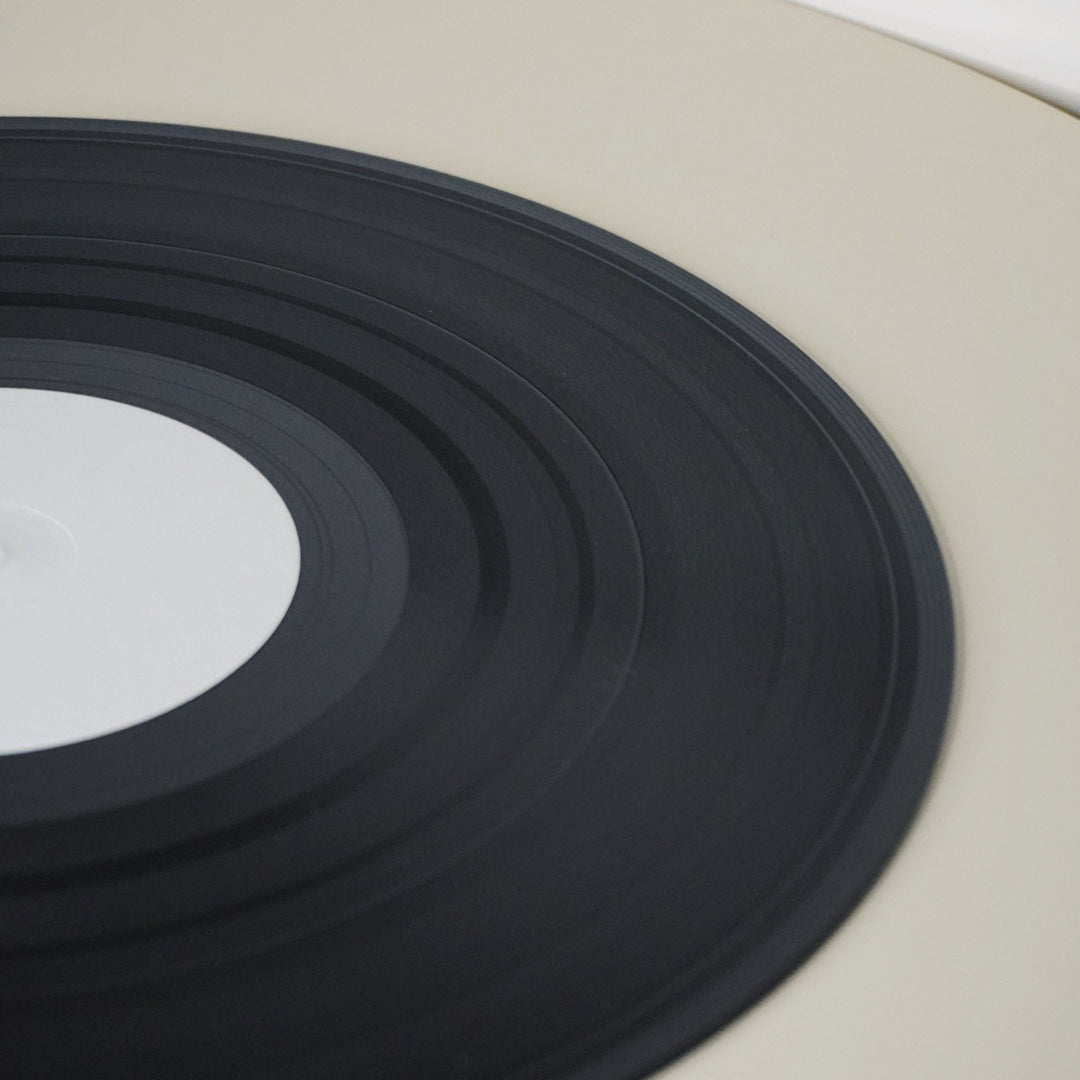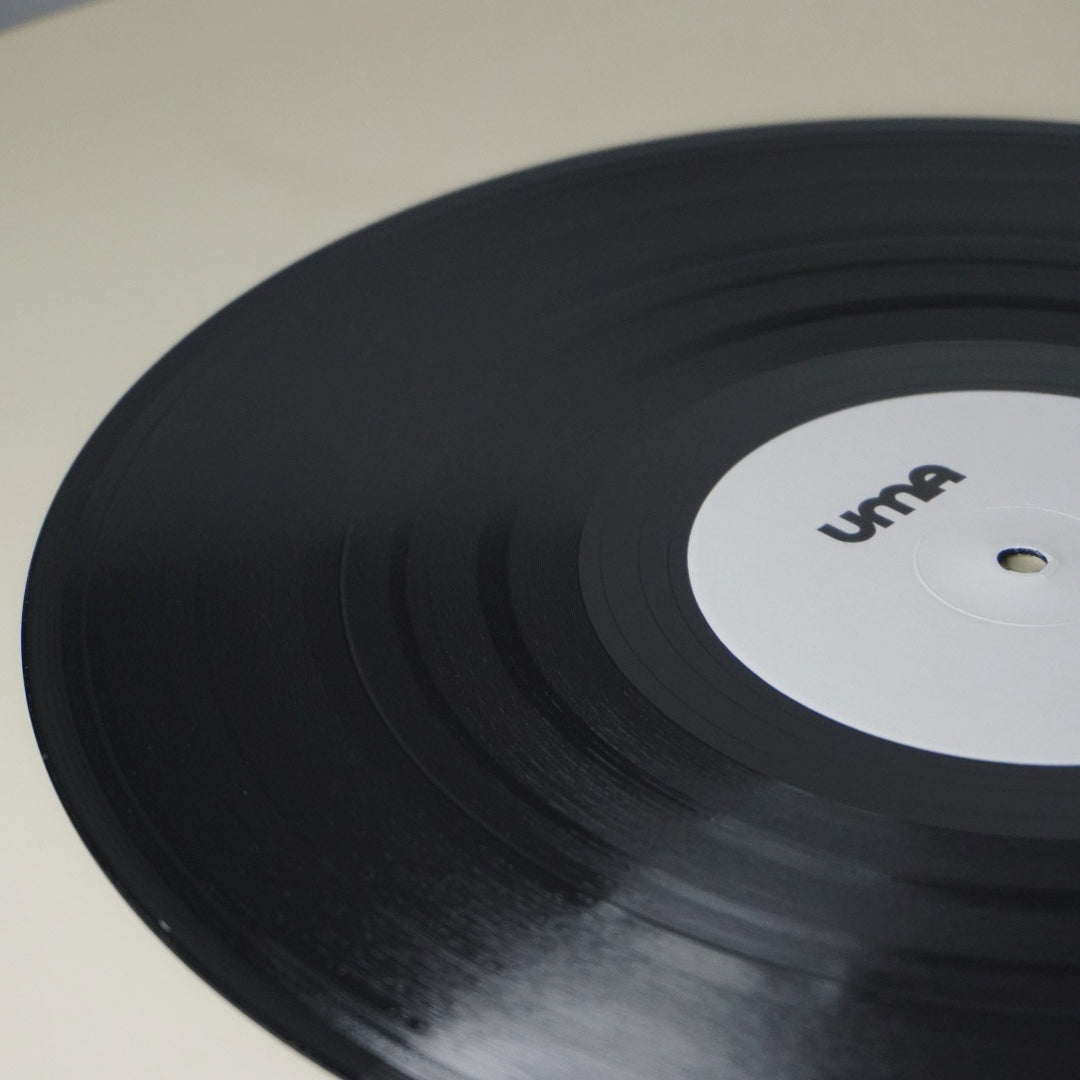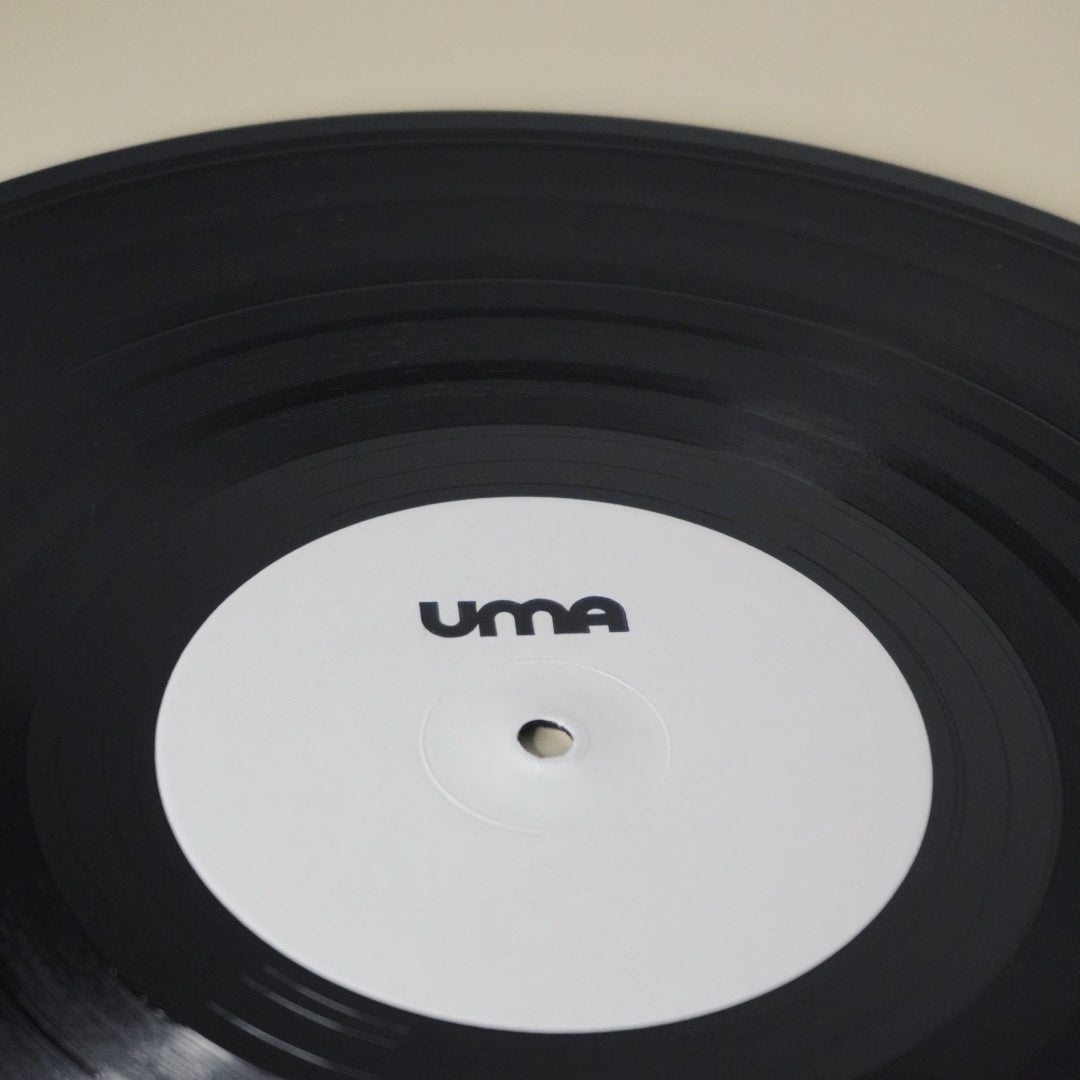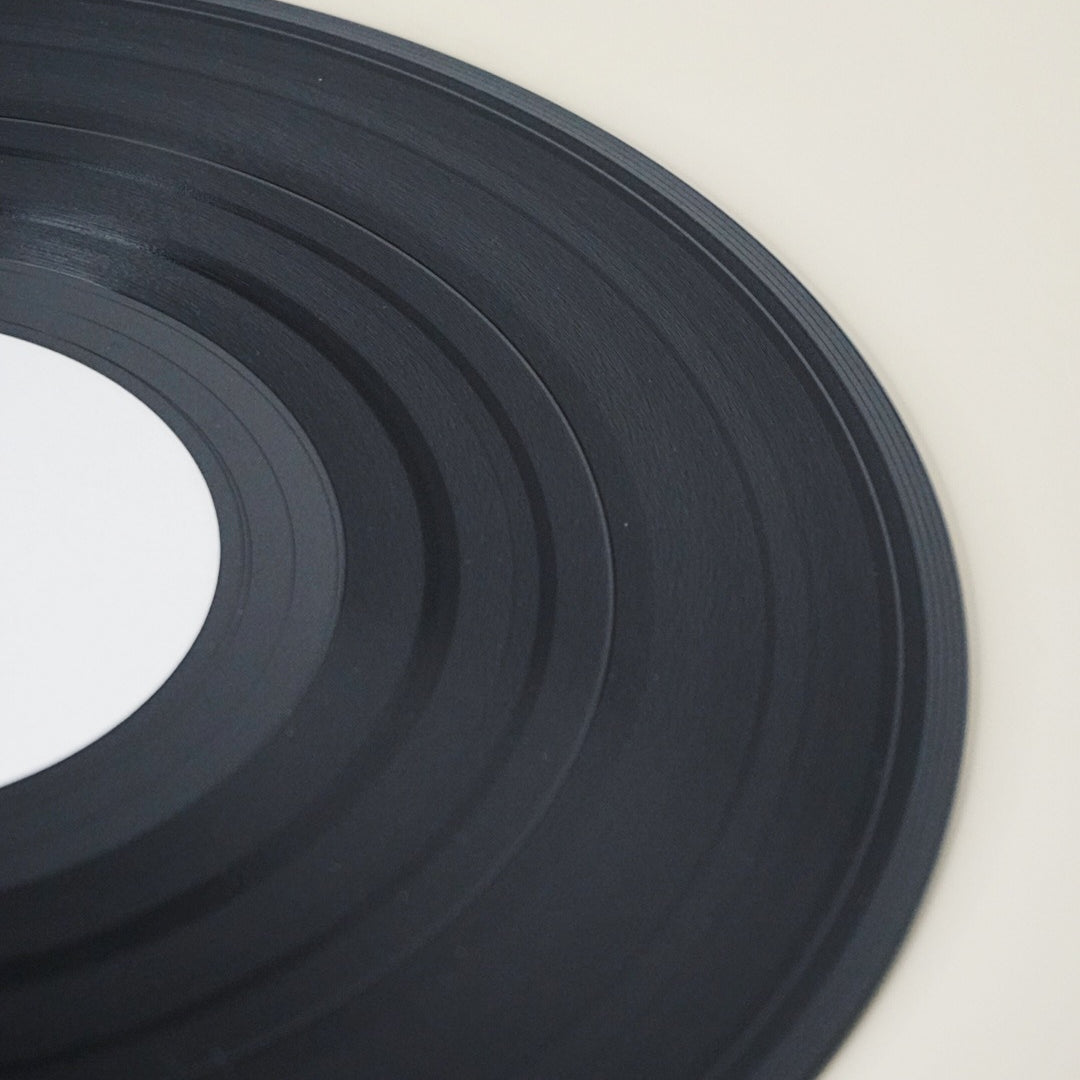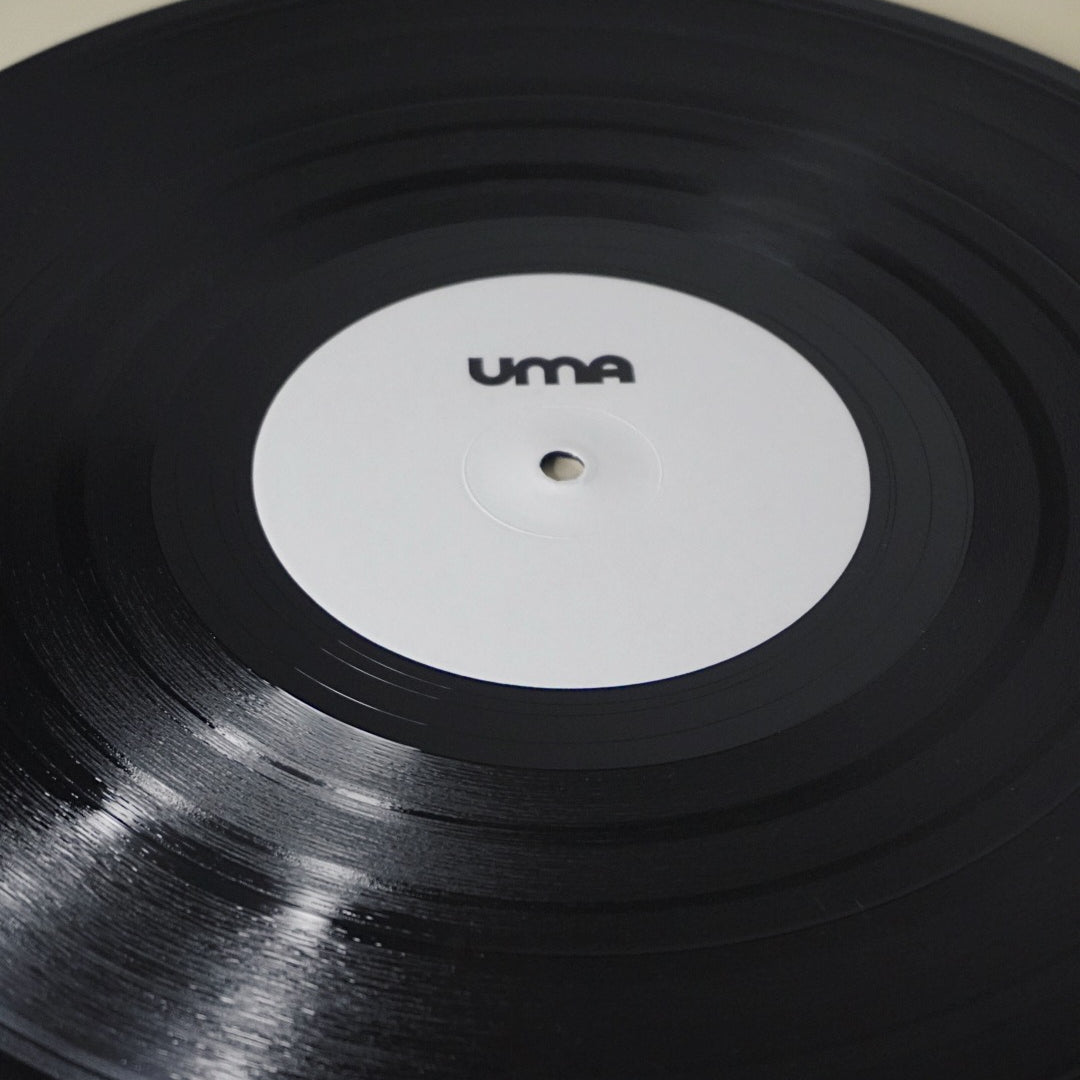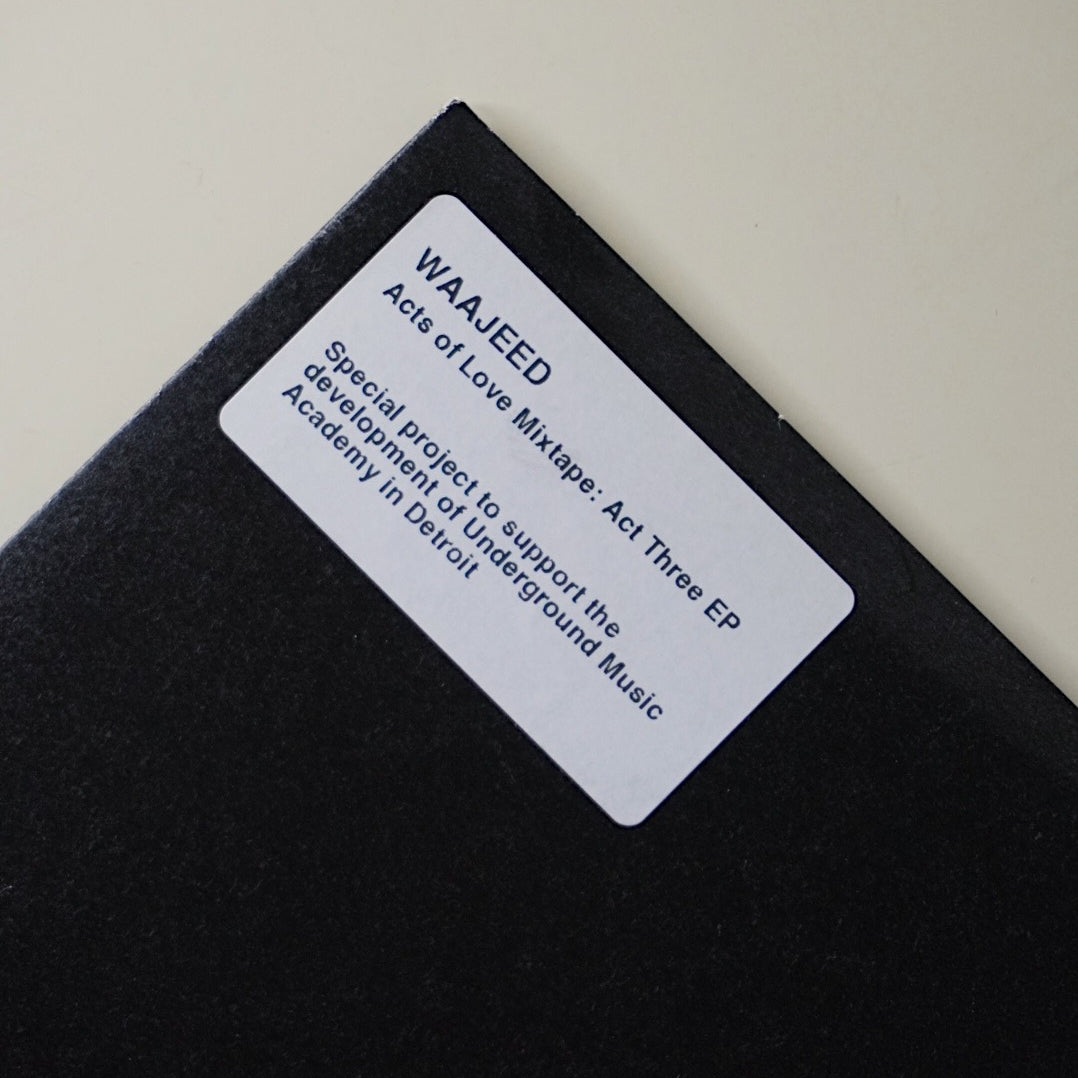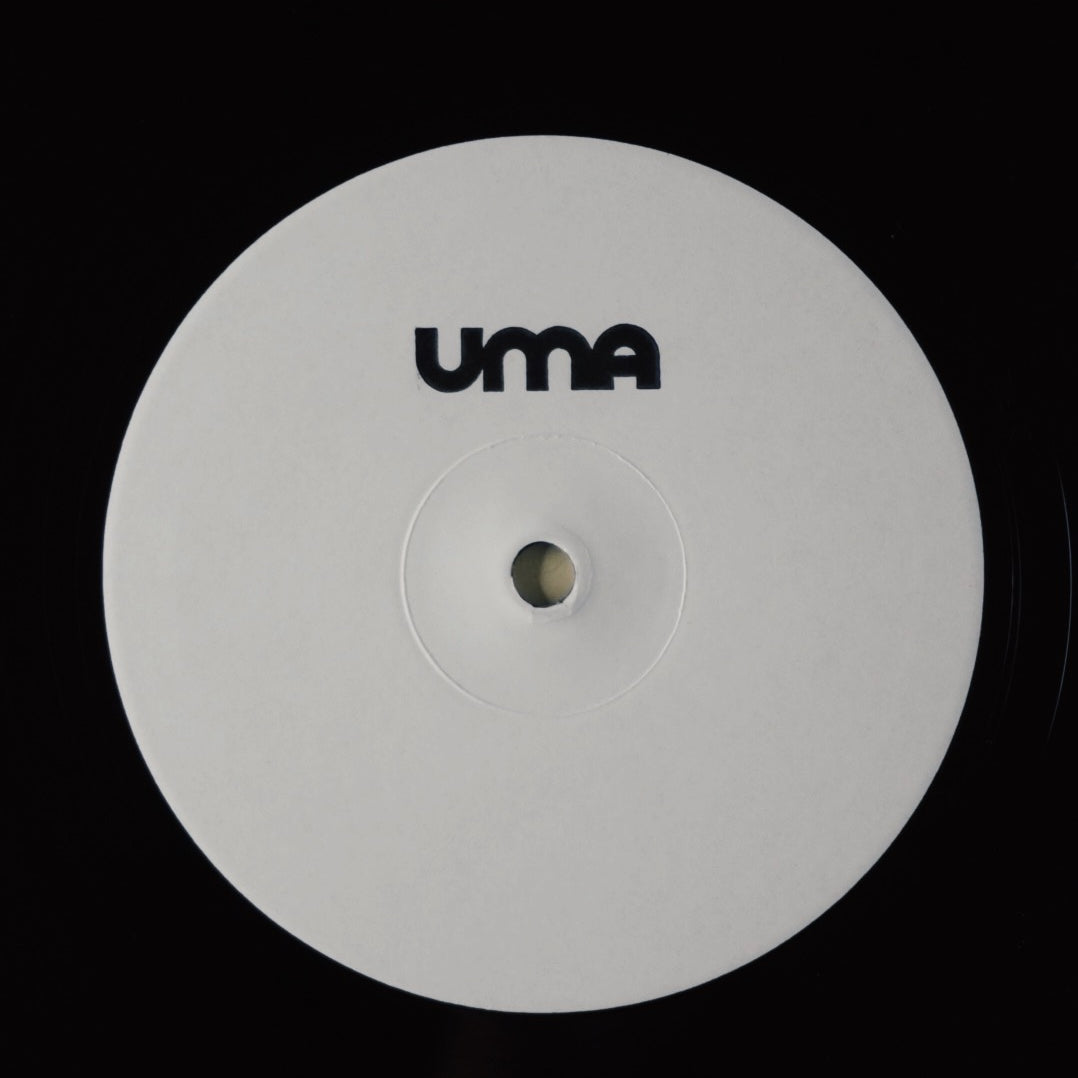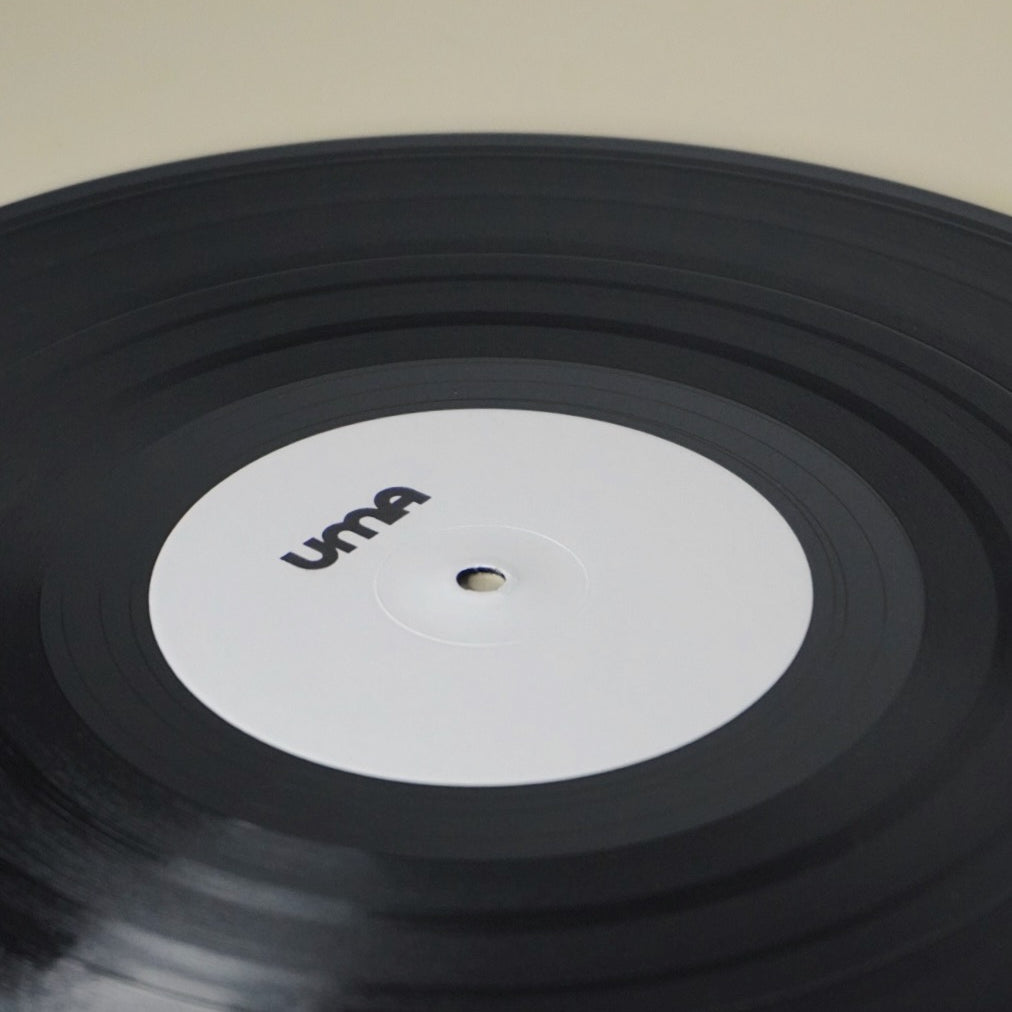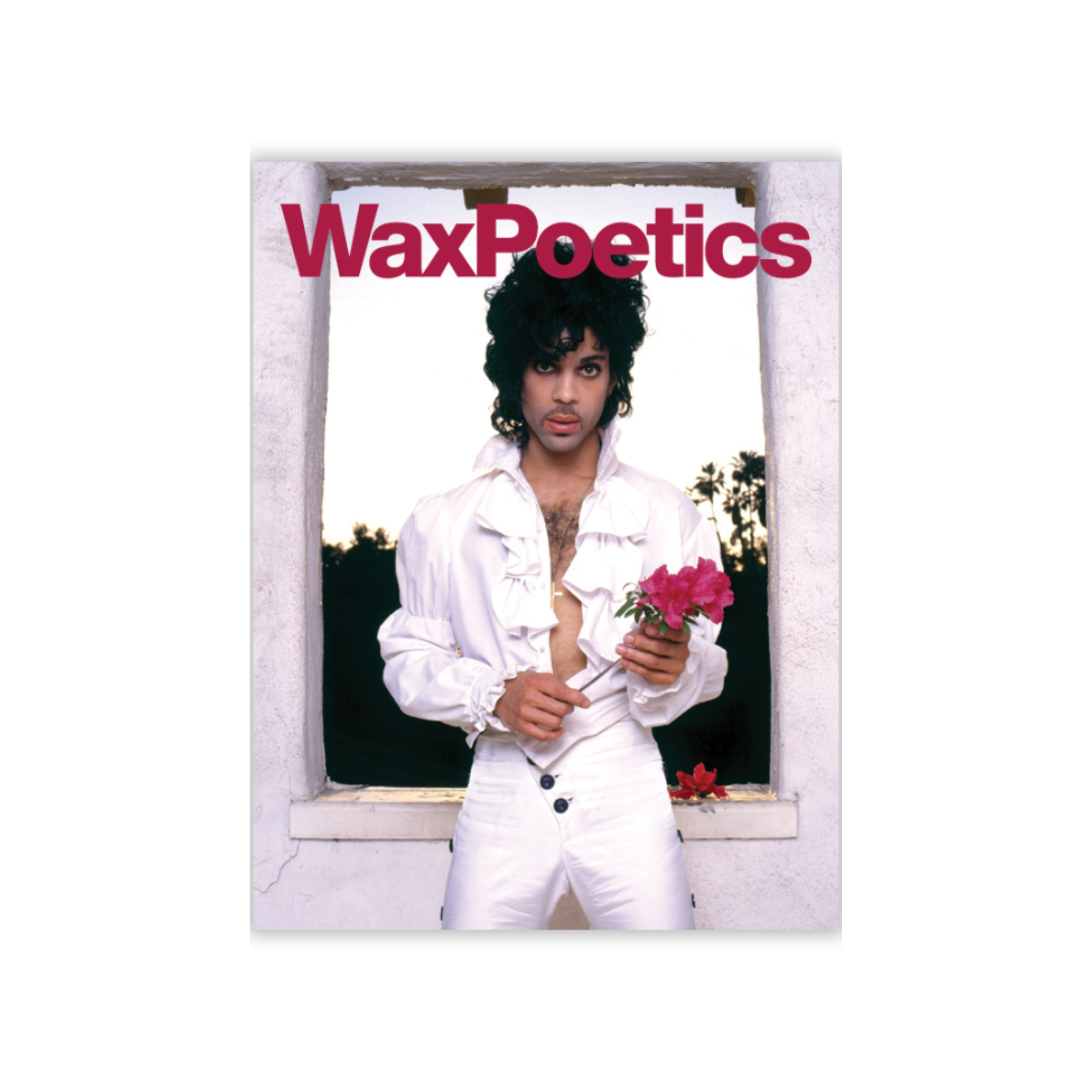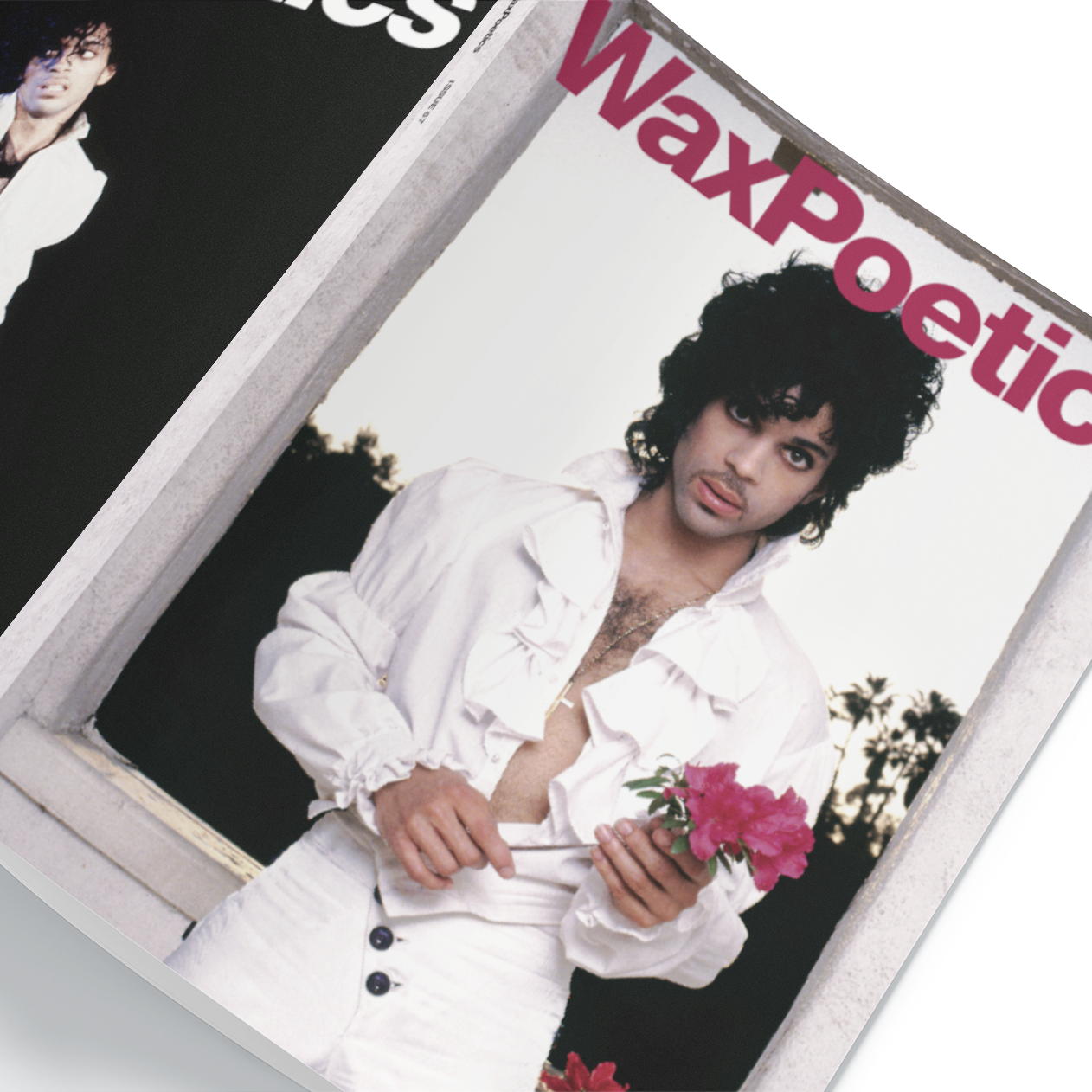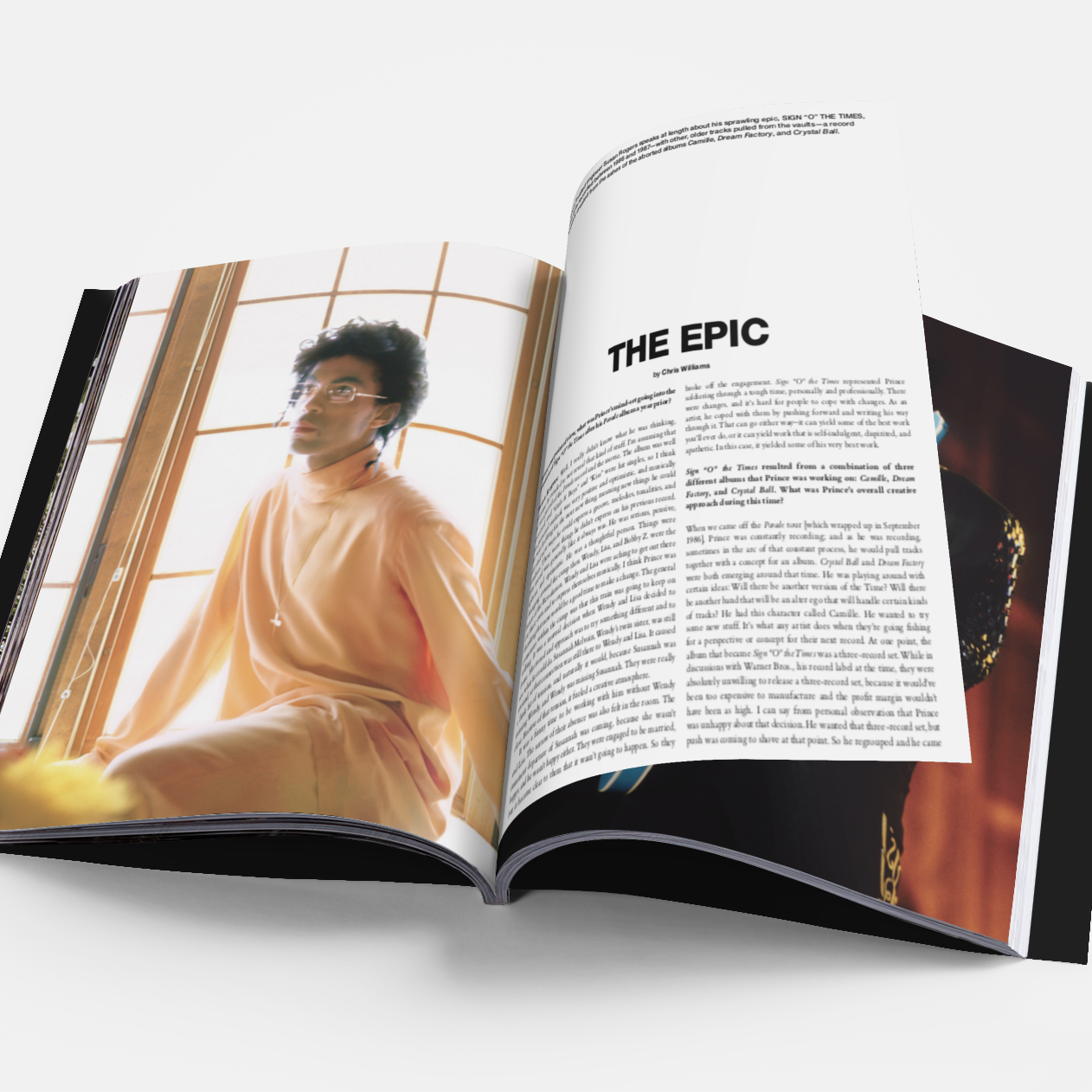Live now!
Anchorsong - Chapters Add to favourites
Provenance: Direct from Tru Thoughts
Condition: New
Shipping: Shipped within 5 days. Tracking number will be provided.
Chapters is an album by Anchorsong, the moniker of Tokyo-born, London-based producer Masaaki Yoshida. Known for his immersive live performances, Anchorsong creates rich, textural soundscapes blending electronic music with organic instrumentation. An addictive listen, Chapters unfolds new layers with every play, seamlessly blending rock, hip-hop, and electronica. Every sound, from the beats to the strings, is crafted and performed by the visionary multi-instrumentalist Yoshida.
Catalogue number:
Add a limited edition obi-strip print to your order & save 15%

ITEM comes DIRECT FROM tru thoughts

SHIPPED & INSURED USING TRUSTED SUPPLIERS
Individuality will always be one of the beauties of the hobby and culture enfolding a music collector, thus, personally… I will always go for the Obi.
If you've ever wondered what that thin belt-like strip of advertisement is, wrapped around the spine-side of a vinyl record cover, or inserted around the spine of a CD jewel case, when you purchase music media from Japan, then stick around, and let's talk about the Obi.
Now, if you've been collecting music media (vinyl records, CDs, cassette tapes) for a while, you've more than likely run across Japanese imported music with an Obi strip attached (if you were lucky). And even if you do know the general idea behind the Obi, I can promise you that this discussion will enlighten you to things you may not be familiar with. And, it may illuminate some facts about the Obi strip, in relation to collecting music media, which will help to answer the question – “to Obi, or not to Obi”?
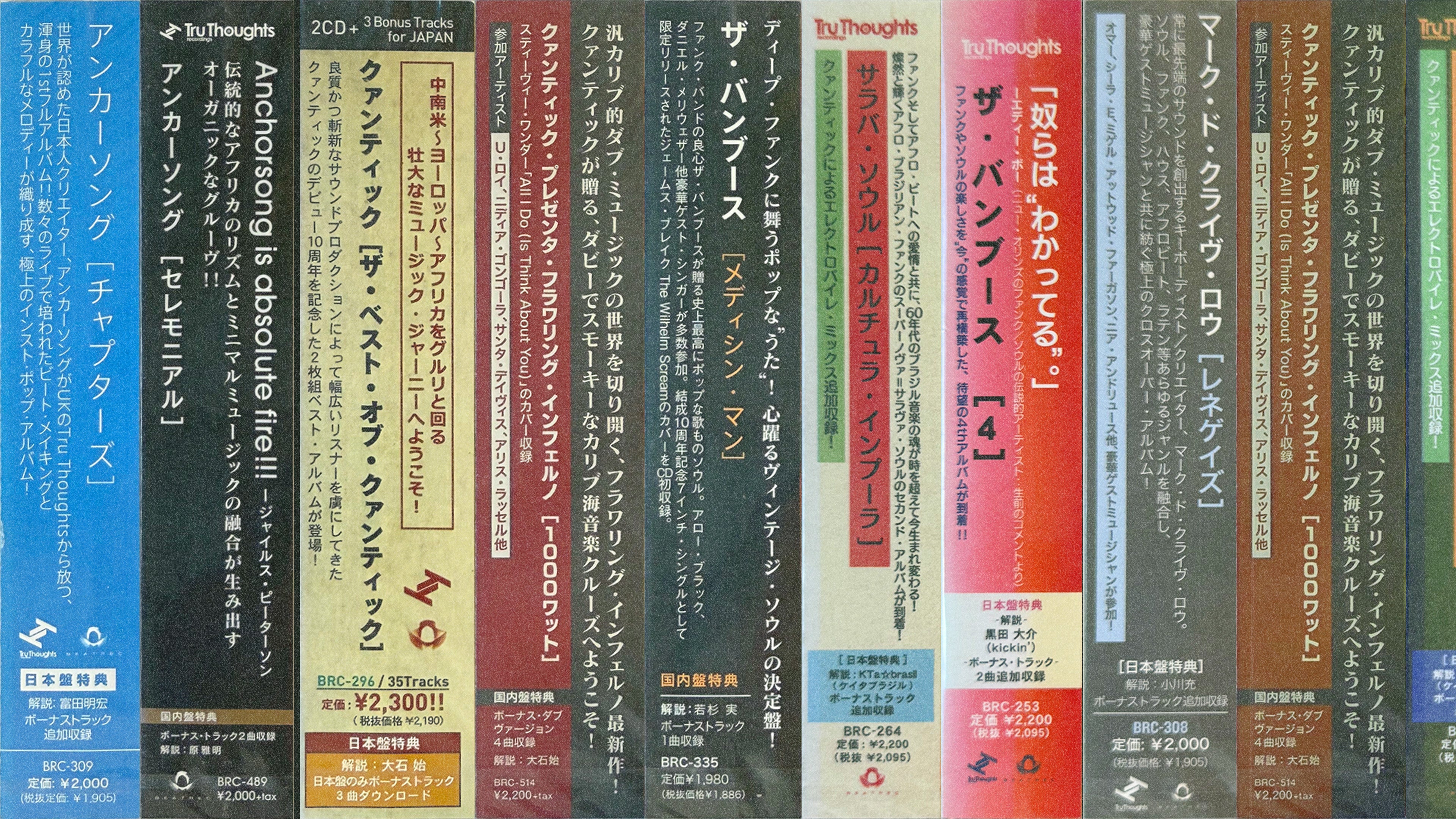
The word “Obi” - which translates to English as ‘belt’ - is a shortened form of the term “Obigami” (Obi = belt, Gami = paper), or ‘paper belt’.
Let us consider the country of origin –Japan (though today the strip is also found utilized throughout a handful of Asian nations). The blatant interest and fascination that Japanese society and pop-culture has exhibited towards western pop-culture (mostly in the form of American and British entertainment, fashion, and culture) has been massively prevalent since a few years post the Second World War (circa early 1950s). By the mid-late ‘50s, when the Japanese became consumed with a very heavy interest in our entertainment industry and media (namely music media), the importing of this media, for Japanese wholesale and consumer retail, began infiltrating Japanese commerce like a tsunami. And because this plethora of entertainment media coming into the country was manufactured for marketing to an the English-speaking world; by the end of the decade Japanese marketing-minds (as brilliant as they’ve always been) sought to create a concise yet effect method for attaching pertinent product information to the retail items, to assist the Japanese-speaking-consumer in their purchase… basically, so they knew exactly what they were buying.
At the birth of the Obi, these 'information strips' were not in the shape of an ‘O-card’ but were designed as a single strip (similar to a U-shape), that draped over the top of a record album cover without connecting to itself – referred to as Hankake-Obi – the earliest form of the Obi-strip. It didn’t take long for retailers and consumers alike to find this inconvenient and non-conventional, as the Obi’s would easily fall off. They were then redesigned to connect to themselves (like a sealed belt), in the same fashion that they continue to be today.
Eventually, the “Obigami” strip became the premier tool used to commercially inform music media buyers of item contents, track-listings, pricing, etc., but ultimately surpassed only being used for media produced and packaged with English vernacular, to becoming used to advertise and sell Japanese domestic retail media as well. In the modern era, there have even been examples of North American recording companies releasing media with English language Obi-strips, for nothing more than marketing and sales value.
The idea behind the creation and use of the Obi strip, initially was a “throw away” idea. What I mean is, this brilliant sales tool was originally meant to be discarded. The buyer, would explore the details of what they were looking to purchase with the information provided on the strips, then, make their purchase, and either the retail employee would discard of the Obi for the customer, or it would be sold with the item and the buyer would discard of the Obi themselves, at a later time
That leads us to an on-going and increasing phenomenon regarding the Obi. This phenomenon I’m speaking of, is something unadulteratedly contrary to the original prescribed fate of the Obi-strip, and that is, this mystical characteristic called “Collector Value.” If you have been collecting music media even half as long as I have, there’s high probability that you have experienced the temptation of adding Japanese imported versions of some of your favorite albums, to your music collection. Or maybe you have already acquired a healthy selection of Japanese pressings that live happily ever after in your music library, just waiting to be included in a ‘show and tell’ for bragging rights.
I would bet every cent I have, that at least 95-percent of the intrigue which perpetuates your lust for a Japanese pressing, is fueled by that damn Obi-strip.
Moreover the intrigue of that cute little paper belt around your ‘Osaka Imports’ and your ‘Tokyo Treasures,’ is the blatant and dramatic monetary value that this decorative piece of paper provides in enhancing the worth of these imported albums – vinyl, compact discs, and cassette tapes (yes, even cassette tape).
For example: at the time this article was being written, the earliest Japanese original issue (1973, Harvest/Odeon) of Pink Floyd’sThe Dark Side of the Moon [vinyl record album – complete or near complete set], in VG+/VG+ condition (according to Discogs.com), sells for an average of$120.00 USD– ‘with No Obi’. The same exact record, with the same exact qualifiers, averages$225.00 USD–with ‘Obi’. That is an increase in value of almost 100-percent, all because of a paper belt.
And other than the following exceptions—
a.) you enjoy Japanese mastering and pressings more than any others in the world,
b.) somebody bequeathed you a copy of a Japanese import without an Obi-strip, or
c.) you already own a copy with an Obi-strip, but are in need of replacing the vinyl for a better grade
—not many collectors are actively seeking out a Japanese pressing without an Obi strip; and I’ll be the first to confess that for myself. But, there is no one ‘rhyme or reason’ that is correct, one way or the other, it is always about personal preference and the wants and desires relative to every individual collector.
Individuality will always be one of the beauties of the hobby and culture enfolding a music collector, thus, personally… I will always go for the Obi.
About tru thoughts
Founded in 1999 by Robert Luis and Paul Jonas, Tru Thoughts has been a cornerstone of UK independent music, championing artists across jazz, hip-hop, electronic, and beyond. With a legacy that includes Bonobo, Quantic, and Alice Russell, the label continues to push creative boundaries. This collection celebrates their commitment to innovative sounds and storytelling.
We’ve recently done a deep dive into their legacy, exploring how the label has shaped the global music landscape.

trusted by the best
We are trusted by some of the biggest names in music to care for their items and tell their story. What you buy comes directly from them.
170k fans & collectors around the world
Join a group of people who really care about music and collecting.
a part of collecting culture. since 2001
We have been helping to preserve & grow music culture through our journals. Now we're on our next phase of this mission.
AS SEEN IN


